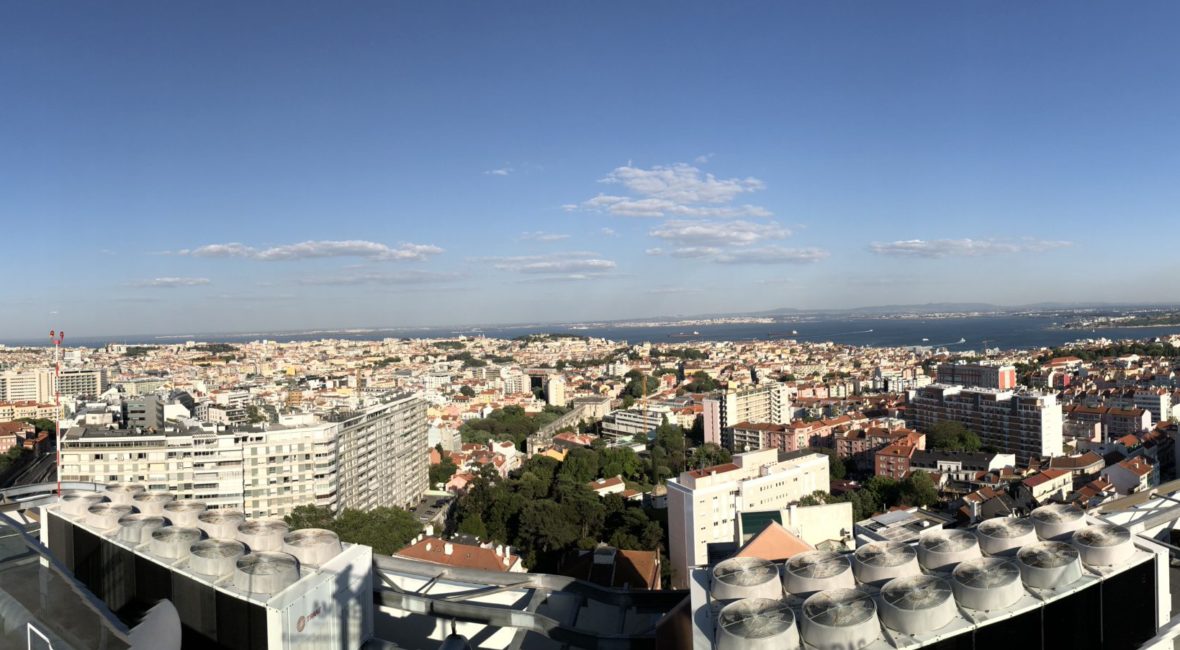
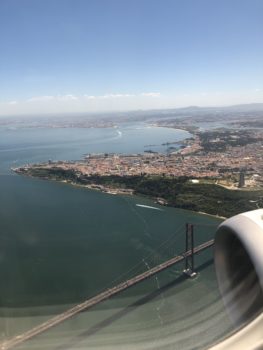 I look out the plane window and I see this beautiful terra-cotta red roof landscape ordering the Mediterranean Ocean and I think, “Wow, Lisbon?” As the plane lands, I realize I know nothing about Lisbon. I’ve read nothing about Lisbon. And I have no idea what to expect. Sometimes that’s simply the best way to approach travel. While some people like traveling the path less traveled, I like traveling the path that I have no idea where I am. Except it’s in some vibrant city with some historical background.
I look out the plane window and I see this beautiful terra-cotta red roof landscape ordering the Mediterranean Ocean and I think, “Wow, Lisbon?” As the plane lands, I realize I know nothing about Lisbon. I’ve read nothing about Lisbon. And I have no idea what to expect. Sometimes that’s simply the best way to approach travel. While some people like traveling the path less traveled, I like traveling the path that I have no idea where I am. Except it’s in some vibrant city with some historical background.
Off the plane, I am quickly reminded where I am, another major metropolitan area with an airport where you stand in a cattle line waiting for the next cab. Oh well, welcome to Lisbon! We hop in a cab and a friendly driver take us to our hotel, just a mere 10-15 minute drive through a slight interchange of some semi-rural landscape. The hotel is a medium sized property, not as fancy and luxurious as a Hilton Barcelona that we just left, just a simple, nicely appointed Radisson. We check in and head out on our first day of adventures in Lisbon and it suddenly occurred to me what the city is about. Simplicity.
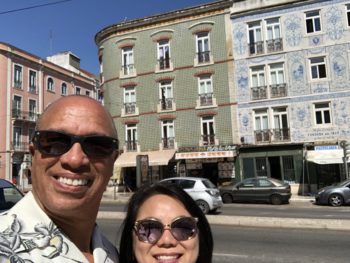 The reason for venture to Lisbon was twofold: First, visit another location close Barcelona. The second point is to scout out a location for our upcoming retirement. Not really an upcoming retirement, still rather far off, but the thought of getting into a region early seems to be the position that we find ourselves in now. To be honest, I wanted to go to Madrid. Maybe we could’ve done the Barcelona-Seville-Madrid tourist run. However, we decided instead to check out Lisbon as a step off the beaten path. The city is quite simple and yet, very creative. The people are warm with the sly sense of humor. A majority of the buildings are decorated with tile. Not decorated as in a little tile block here a little tile block there. Decorated as in the entire façade of the building is made up little 4 x 4 or maybe 6 x 6“ tiles with intricate designs. As I learn the one of the tours we take, most of these are in fact, hand-painted. Can you imagine the man hours it takes to hand paint a building? Well, this is what Lisbon is famous for throughout Europe, if not the world.
The reason for venture to Lisbon was twofold: First, visit another location close Barcelona. The second point is to scout out a location for our upcoming retirement. Not really an upcoming retirement, still rather far off, but the thought of getting into a region early seems to be the position that we find ourselves in now. To be honest, I wanted to go to Madrid. Maybe we could’ve done the Barcelona-Seville-Madrid tourist run. However, we decided instead to check out Lisbon as a step off the beaten path. The city is quite simple and yet, very creative. The people are warm with the sly sense of humor. A majority of the buildings are decorated with tile. Not decorated as in a little tile block here a little tile block there. Decorated as in the entire façade of the building is made up little 4 x 4 or maybe 6 x 6“ tiles with intricate designs. As I learn the one of the tours we take, most of these are in fact, hand-painted. Can you imagine the man hours it takes to hand paint a building? Well, this is what Lisbon is famous for throughout Europe, if not the world.
Our first adventure into Lisbon is an ode to Anthony Bourdain. Ironically and sadly, and I say that with the classic Bourdain voice-over, Anthony passed away just a month after we visited one of his spots in Lisbon, Cervejaria Ramiro. It’s a deli-style, lobster-seafood house where you can order plates of the freshest seafood without going out and catching it yourself. The place is a madhouse of waiters running orders, people smashing lobster, screaming over crab legs and consuming fine Portuguese green wine. It was a crazy cacophony of life, both sea and human, with some of the most tender, succulent and tasty garlic sautéed shrimp I’ve had. It is actually quite fun with everybody sitting at these long communal tables, sharing their stories of how they came about the location.
After a quick lunch, we head into town. Lisbon is a small town, and this spot is a quick walk from the Intendente metro stop, but we decide to keep walking in the opposite direction and take in the street scene while heading to the Martim Moniz metro stop. We exit at the Parca da Figueira, a small square filled with tourist busses, local shops and a ton tiny cabs waiting to scuttle tourist around the city. I look down and I see the entire square, and flat and smooth as a summer lake, is completely tiled. Now I’m talking little 2 inch octagonal tiles that make up the entire city scape. This is incredible. The amount of work that goes into setting all this up throughout an entire city, not just the local neighborhood or square, the entire city. Tens, hundreds, thousands of millions of man hours to do all of this. It is just amazing.
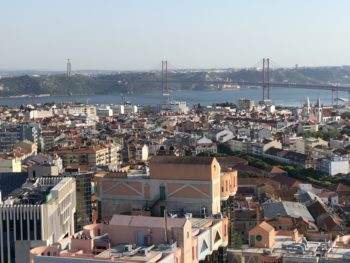 Touring the city, you see it is a combination of the old and the new, as we’ve so often with European cities, and Lisbon in braces this as well. From the antiquated streets of the Fado district and its hilly, antiquated streets, to the financial district, to the ultramodern Oriente District, and everything in between, Lisbon is alive and vibrant. Traveling to the north side of the city you see a large orange bridge that is identical to San Francisco Golden gate Bridge. And then it hits you, Lisbon is the sister city to San Francisco. The older sister city. Identical in nature. Steep, narrow, winding residential streets. Well adorned buildings, and this great big orange “Golden Gate” bridge. The bridge is called interestingly enough, Ponte 25 de Abril. The name of the bridge celebrates the Carnation Revolution, where the Portuguese people rallied to overthrow the authoritarian regime in 1974. No shots were fired, instead, Carnations were placed in the army rifles standing guard, buy a local woman, Celeste Caeiro. Cable cars run up and down the streets, people hopping on and off. Parks and museums are all around, with great old churches , open for hundreds of years are around every corner. Tons of statues celebrating Portuguese heros dot the landscape and adorn city gateways and government buildings.
Touring the city, you see it is a combination of the old and the new, as we’ve so often with European cities, and Lisbon in braces this as well. From the antiquated streets of the Fado district and its hilly, antiquated streets, to the financial district, to the ultramodern Oriente District, and everything in between, Lisbon is alive and vibrant. Traveling to the north side of the city you see a large orange bridge that is identical to San Francisco Golden gate Bridge. And then it hits you, Lisbon is the sister city to San Francisco. The older sister city. Identical in nature. Steep, narrow, winding residential streets. Well adorned buildings, and this great big orange “Golden Gate” bridge. The bridge is called interestingly enough, Ponte 25 de Abril. The name of the bridge celebrates the Carnation Revolution, where the Portuguese people rallied to overthrow the authoritarian regime in 1974. No shots were fired, instead, Carnations were placed in the army rifles standing guard, buy a local woman, Celeste Caeiro. Cable cars run up and down the streets, people hopping on and off. Parks and museums are all around, with great old churches , open for hundreds of years are around every corner. Tons of statues celebrating Portuguese heros dot the landscape and adorn city gateways and government buildings.
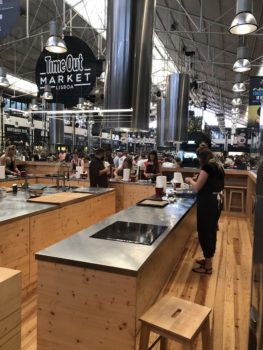 Lisbon, like San Francisco, has a large developed Harbor inlet with tons of restaurants and museums along the harbor front. I highly recommend visiting this beautiful area, see the museums, walk along the waterfront and enjoy a day of open sunshine and great food. One really cool spot, if you like the buzz of the city contained in a single cavernous hall, is the Time Out Market. A modern up-take on the food court concept, here's where the young hipsters mingle with old tourists in a fun 'Are we in a Seattle fish market' feeling spot tucked inside a previously abandoned warehouse. The energy here is just awesome, and everyone is so excited about being here. The lines for food are filled with warm smiles and cold beers. And they have cooking classes for those wanting to up the ante on cooking at home what they've tasted here. And speaking of beer, although the selections may not be as extensive as the bars of Belgium, what they have is tasty in deed. And two places to learn more about Portugal's beer history: Cervejaria Trindade, the oldest beer house in the country since 1294, and the Museu da Cerveja are 2 places you should for sure make a stop. If you want to see the city from a birds-eye view, head over to Amoreiras. Once in the shopping center, head on up to Barrio Alto. However, a word of caution, there is no bar here. Whereas barrio alto is simply “top of the city” and sits atop the name of the Amoreiras mall you actually have a 360° view of Lisbon sprawled out beneath you. It is quite exciting, but somebody really needs to put a bar up there. That place would be standing room only 24 hours a day.
Lisbon, like San Francisco, has a large developed Harbor inlet with tons of restaurants and museums along the harbor front. I highly recommend visiting this beautiful area, see the museums, walk along the waterfront and enjoy a day of open sunshine and great food. One really cool spot, if you like the buzz of the city contained in a single cavernous hall, is the Time Out Market. A modern up-take on the food court concept, here's where the young hipsters mingle with old tourists in a fun 'Are we in a Seattle fish market' feeling spot tucked inside a previously abandoned warehouse. The energy here is just awesome, and everyone is so excited about being here. The lines for food are filled with warm smiles and cold beers. And they have cooking classes for those wanting to up the ante on cooking at home what they've tasted here. And speaking of beer, although the selections may not be as extensive as the bars of Belgium, what they have is tasty in deed. And two places to learn more about Portugal's beer history: Cervejaria Trindade, the oldest beer house in the country since 1294, and the Museu da Cerveja are 2 places you should for sure make a stop. If you want to see the city from a birds-eye view, head over to Amoreiras. Once in the shopping center, head on up to Barrio Alto. However, a word of caution, there is no bar here. Whereas barrio alto is simply “top of the city” and sits atop the name of the Amoreiras mall you actually have a 360° view of Lisbon sprawled out beneath you. It is quite exciting, but somebody really needs to put a bar up there. That place would be standing room only 24 hours a day.
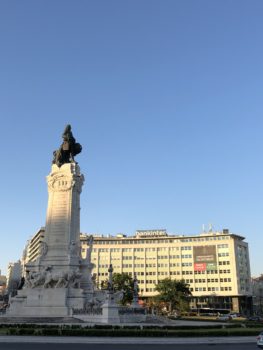 Just down the street from Amoreiras is the landmark of the City Father, Marquês de Pombal. The large roundabout is centered by a large obelisk topped with the statue of the Marquês, the hero and savior of the city. The Marquê was responsible for rebuilding the city after the 1755 fire destroyed almost 75% of the city. When you think about that, you realize the aristocratic nature of old Lisbon. Remember, the Portuguese, one of the smallest European countries, also had possibly the longest naval reach of any European country. The Portuguese were settling South America while the Spanish and English were taking the shortcut and settling in Central and North America.
Just down the street from Amoreiras is the landmark of the City Father, Marquês de Pombal. The large roundabout is centered by a large obelisk topped with the statue of the Marquês, the hero and savior of the city. The Marquê was responsible for rebuilding the city after the 1755 fire destroyed almost 75% of the city. When you think about that, you realize the aristocratic nature of old Lisbon. Remember, the Portuguese, one of the smallest European countries, also had possibly the longest naval reach of any European country. The Portuguese were settling South America while the Spanish and English were taking the shortcut and settling in Central and North America.
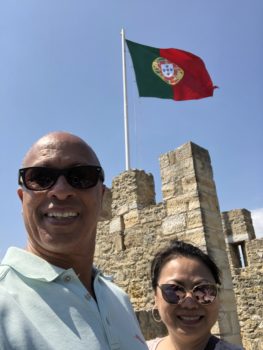 Another fantastic birds-eye view is the Castelo de St. Jorge. This fortress/castle stands as testament to the building of old world fortress and gives a view into old world castle life. One of the cool aspects of the castle is not the castle, but the village beneath it. Walking through this little neighborhood is walking through the classic small European seaside village with its walls of pastel colors and the flowers sitting on the window ledges. Then once you are at the castle, that walk can be satisfied with dining at Leon, the restaurant of the castle. There is both inside and outside dining on two sides of the restaurant. One side has seating overlooking the city, the other side is internal to the castle, where the peacocks put on a daily display of their colorful feathered prowess.
Another fantastic birds-eye view is the Castelo de St. Jorge. This fortress/castle stands as testament to the building of old world fortress and gives a view into old world castle life. One of the cool aspects of the castle is not the castle, but the village beneath it. Walking through this little neighborhood is walking through the classic small European seaside village with its walls of pastel colors and the flowers sitting on the window ledges. Then once you are at the castle, that walk can be satisfied with dining at Leon, the restaurant of the castle. There is both inside and outside dining on two sides of the restaurant. One side has seating overlooking the city, the other side is internal to the castle, where the peacocks put on a daily display of their colorful feathered prowess.
From a historic point, Lisbon is a researchers dream. Plenty of history remains intact and in place to time travel. Lisbon does a great job maintaining its historic quarters. Which undoubtedly leads to the future being developed just outside of downtown. The northeast harbor front has the Santa Maria dos Olivais neighborhood, home to the central train station, Estacao de Oriente. This futuristic looking tribute to Logan's Run designed by Calatrava, connects to the ultra modern fashion shopping centre, Centro Vasco da Gama. The Oriente neighborhood also is home to the Casino Lisboa, a neat little in town casino. Modern slots, some card tables and a couple of restaurants round out the location, providing a chance to try your luck to pay for your trip. Hint: it never works out like that.
Lisbon is a wonderful city to visit and I only wish we had more time to visit more of the city, and then venture to the outskirts and the surrounding Portuguese countryside. As we were landing, we flew over large stretches of beach and that would’ve been awesome to visit as well. As I’m starting to realize our European visits are simply too short and that anywhere from a week to two weeks are truly needed to really dive into the culture, Lisbon gets a check as another city to be revisited in the future. Bon Voyage!

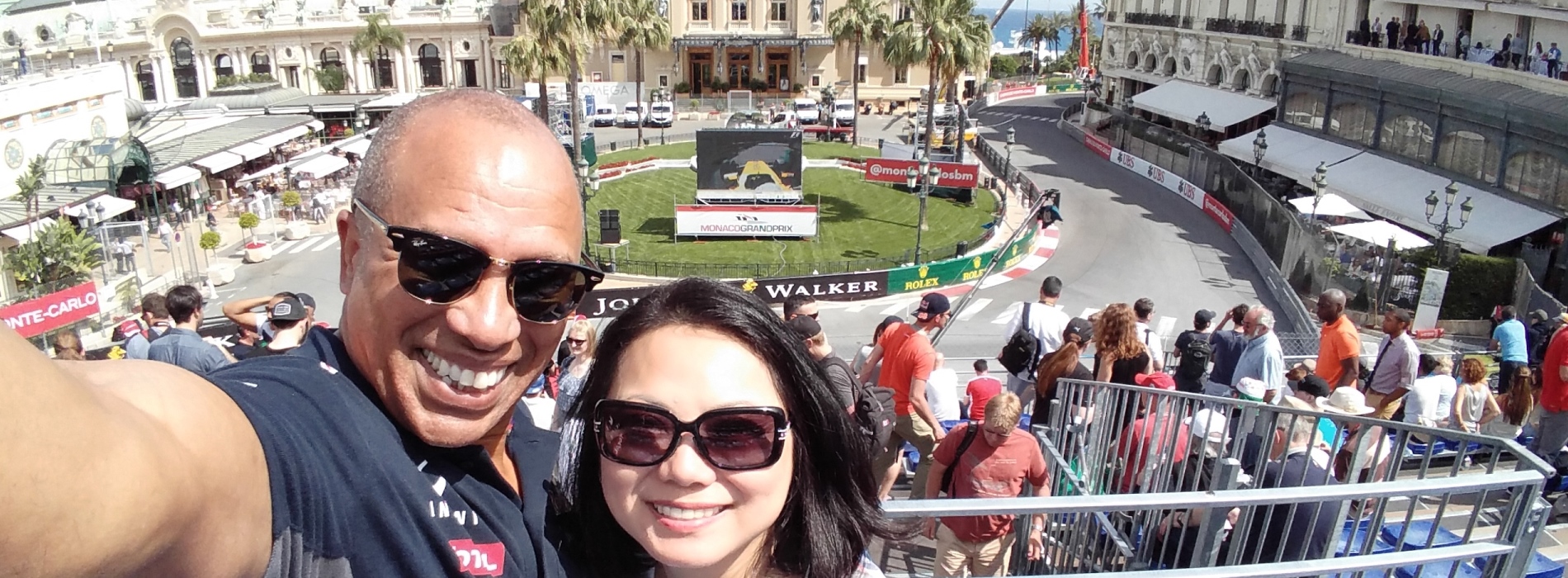

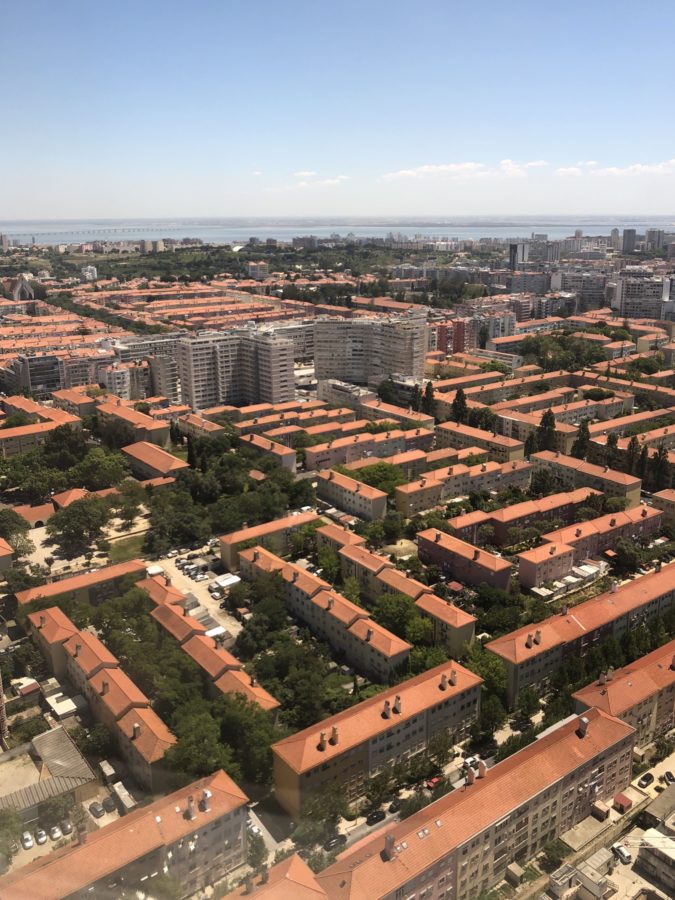
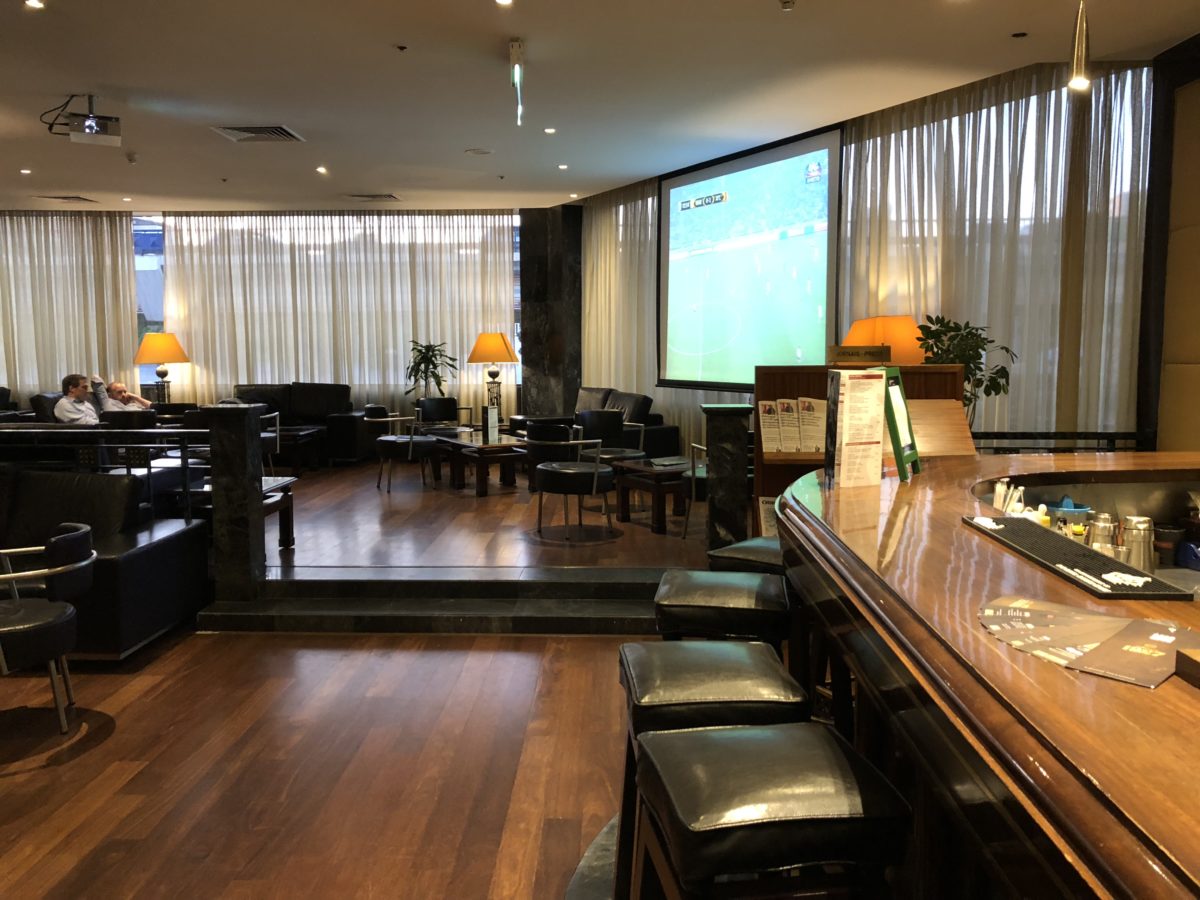
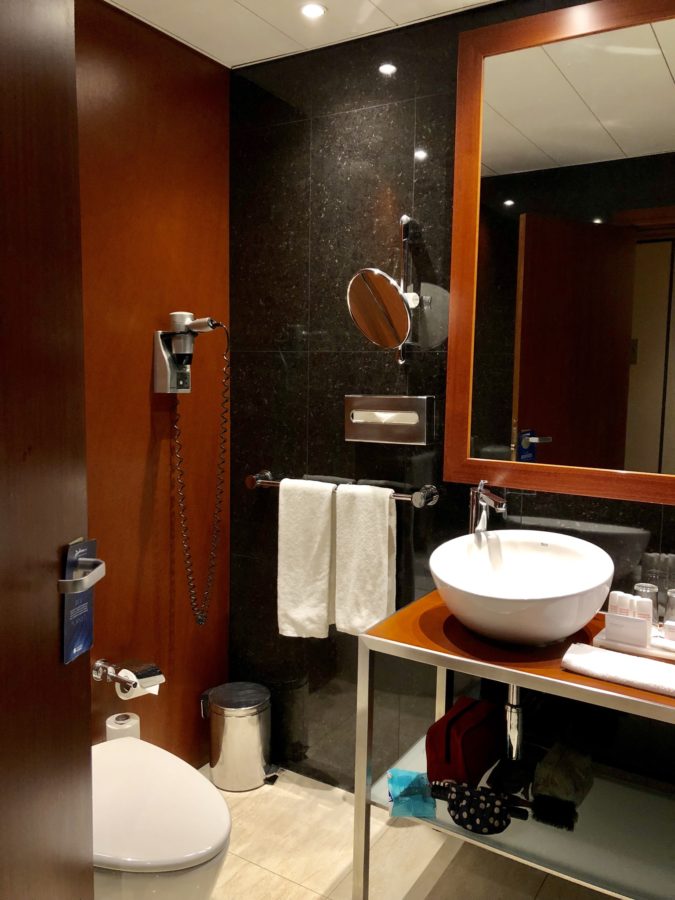
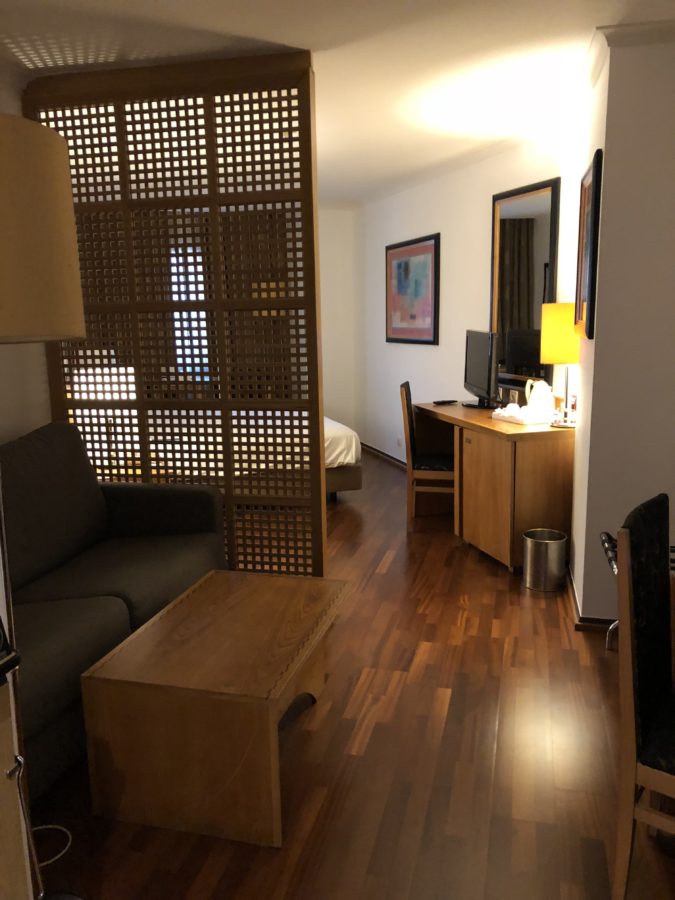
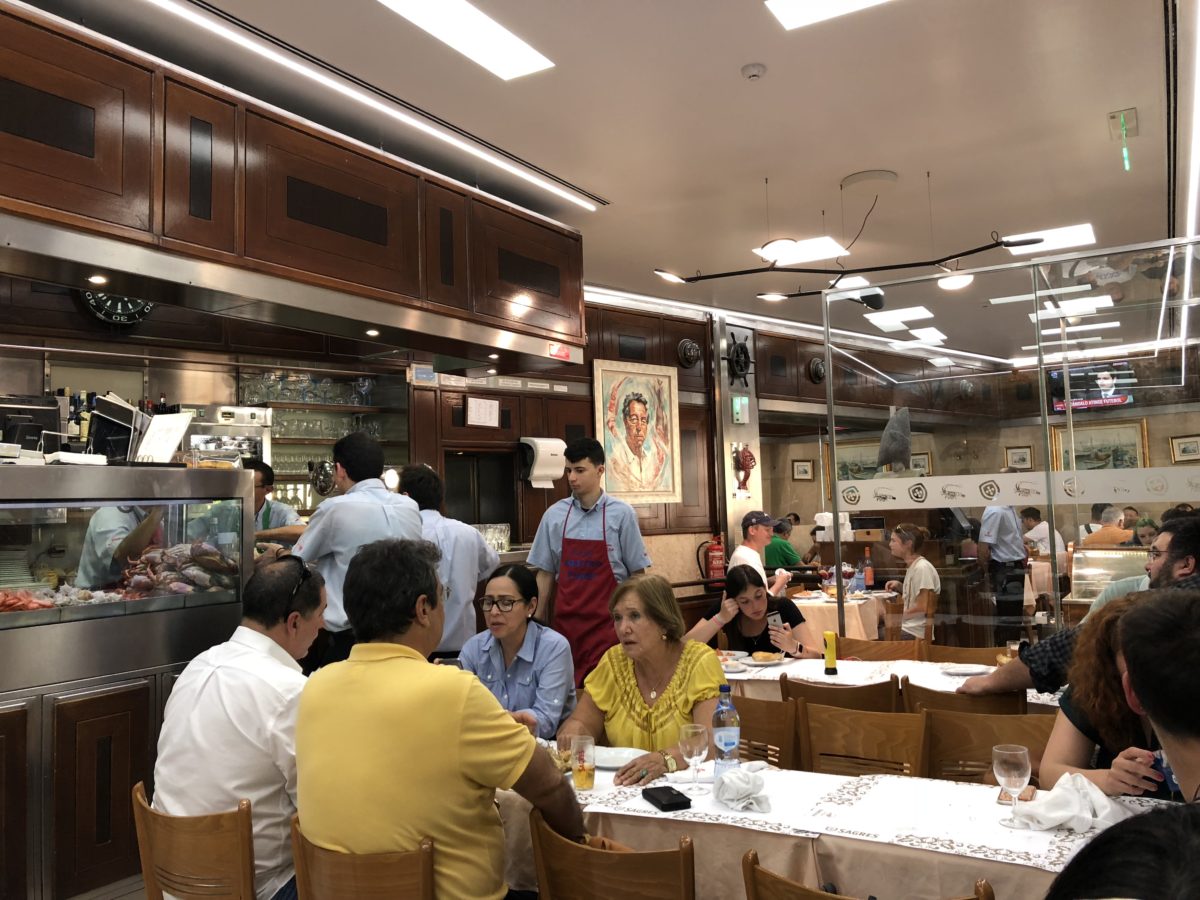
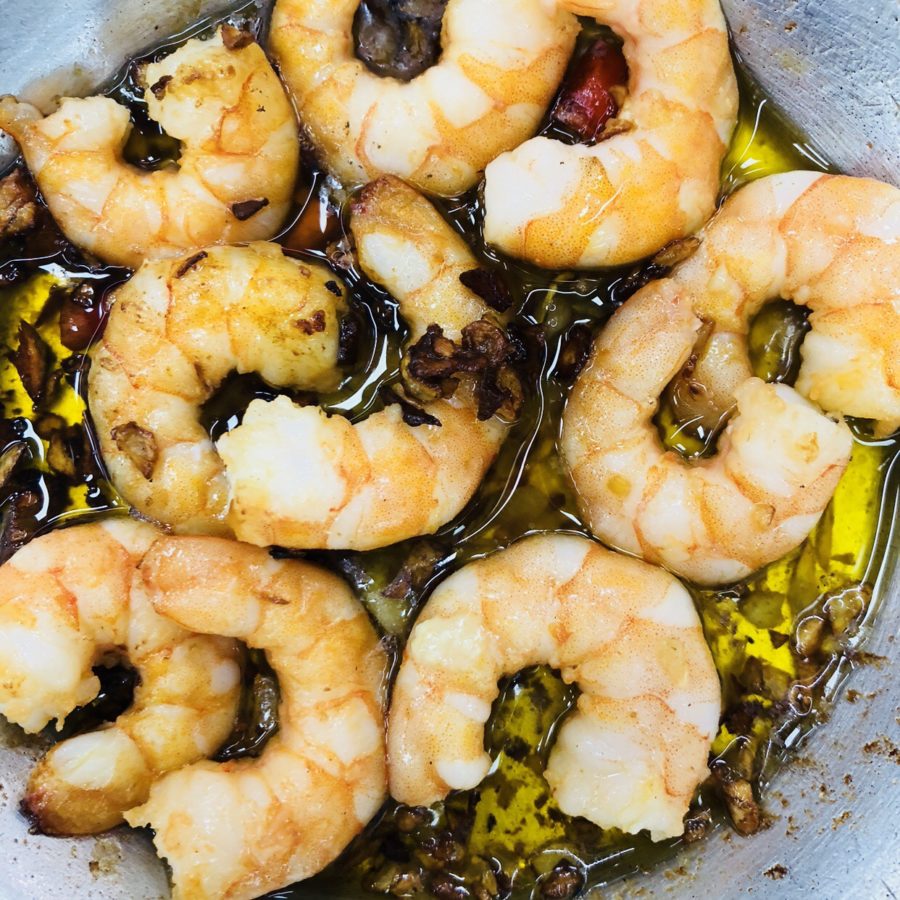


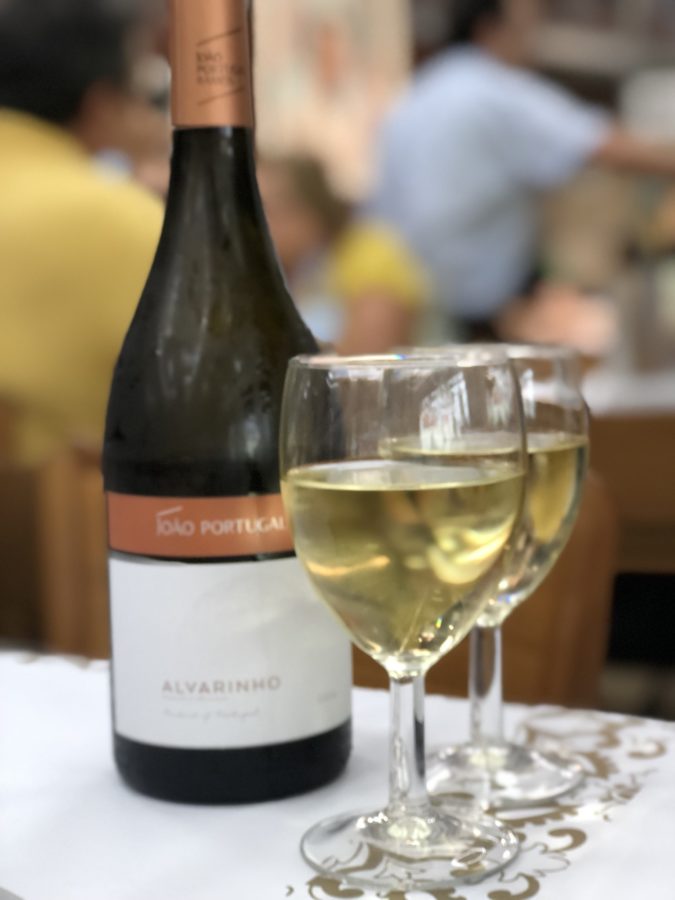
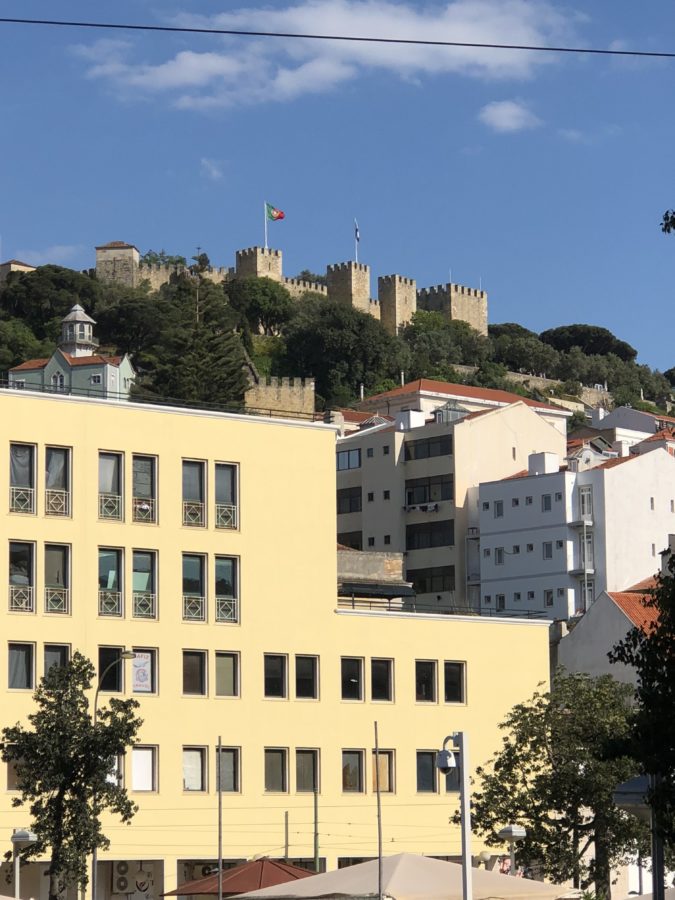
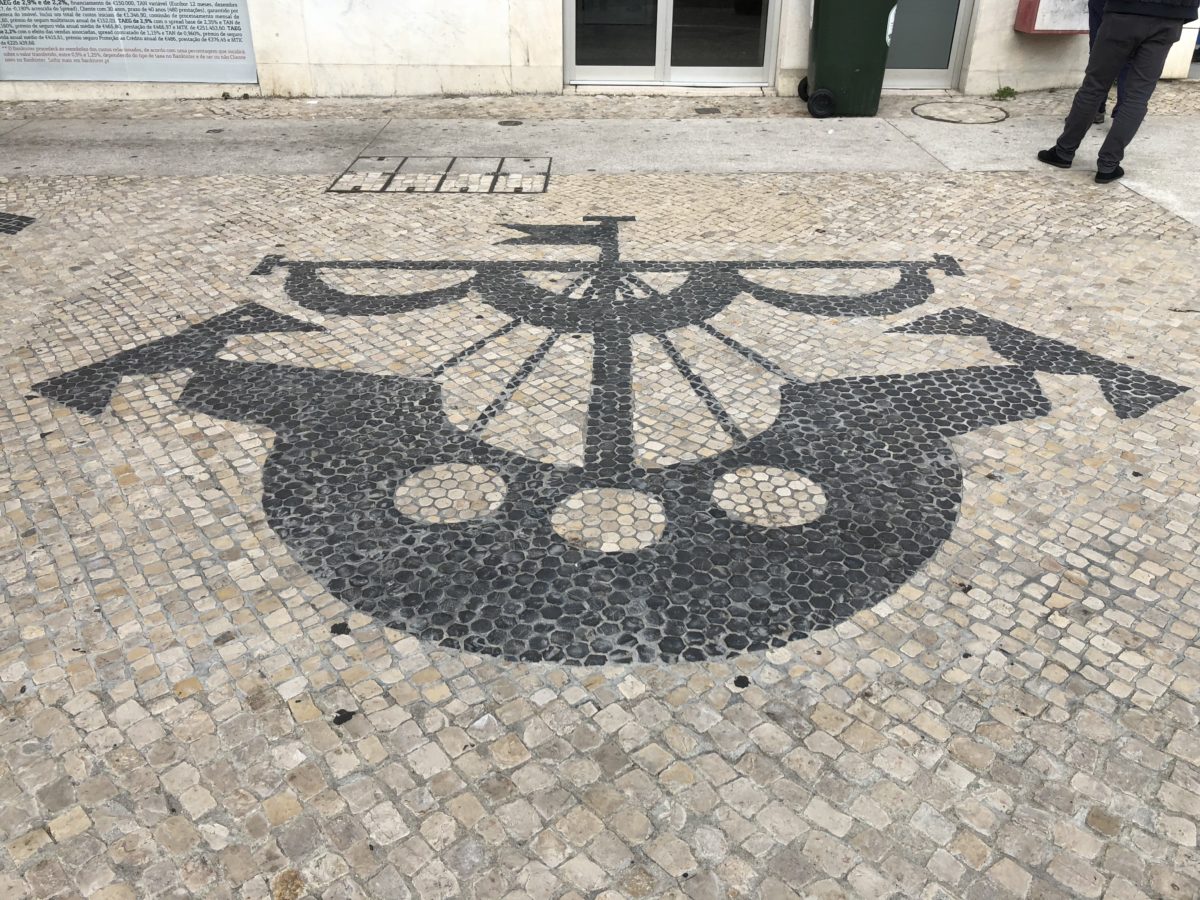
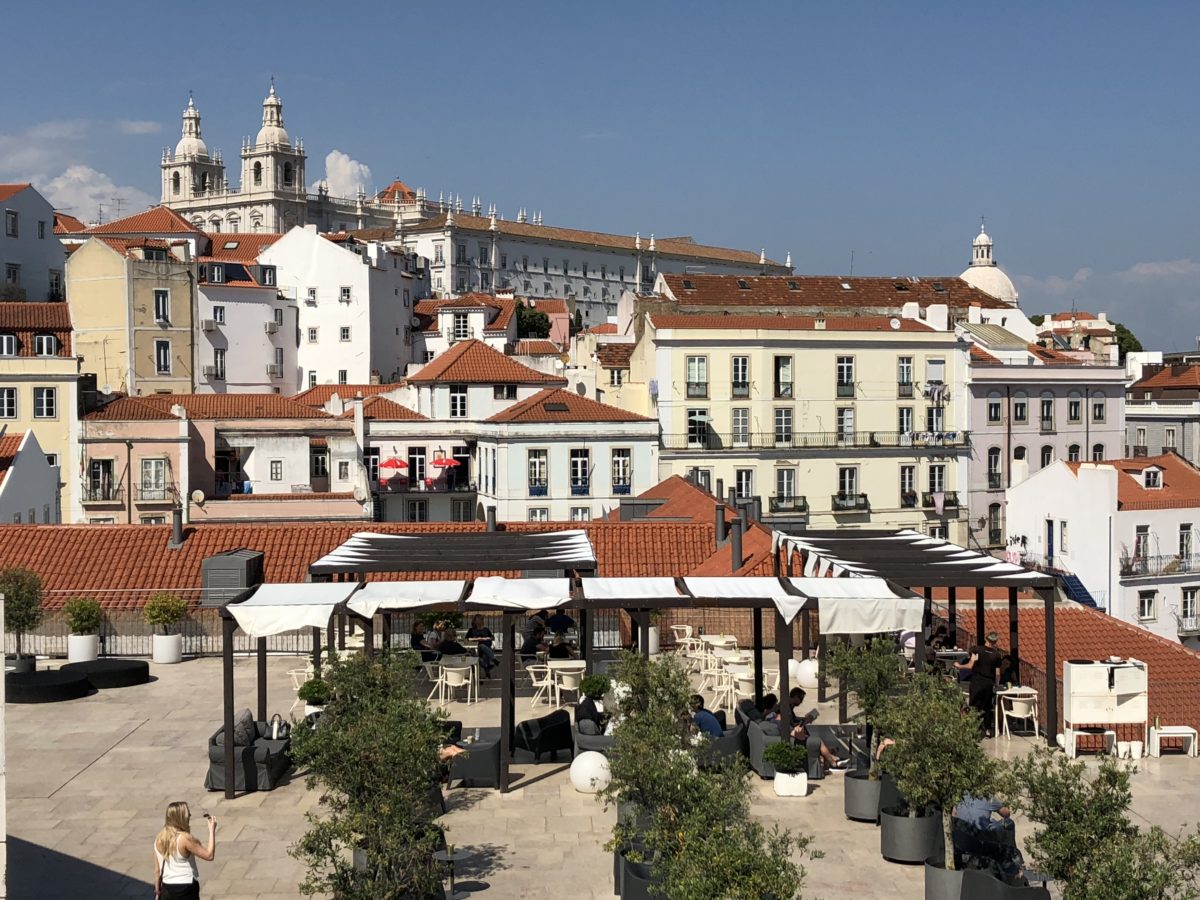
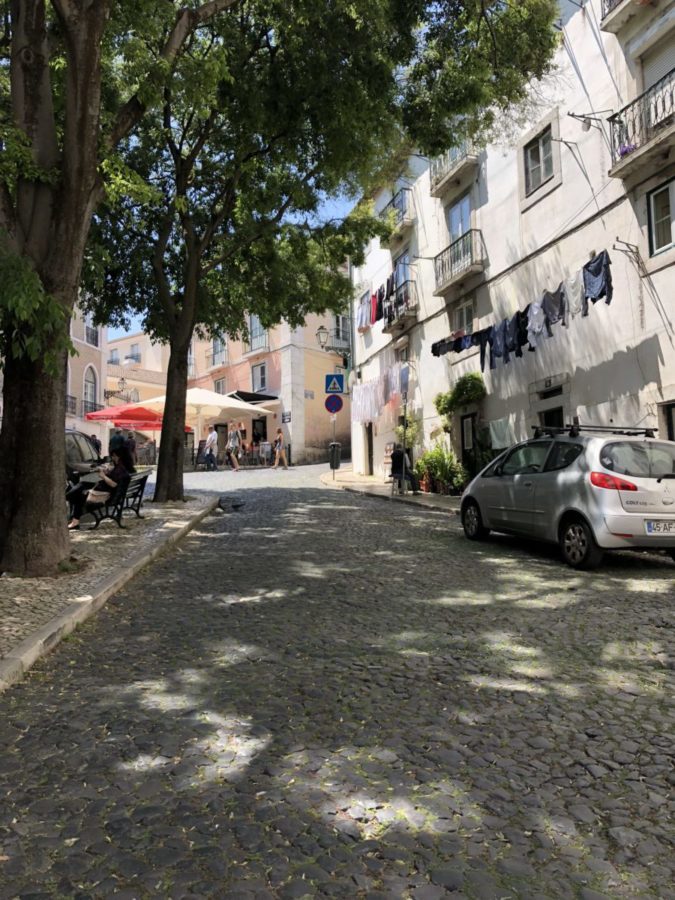
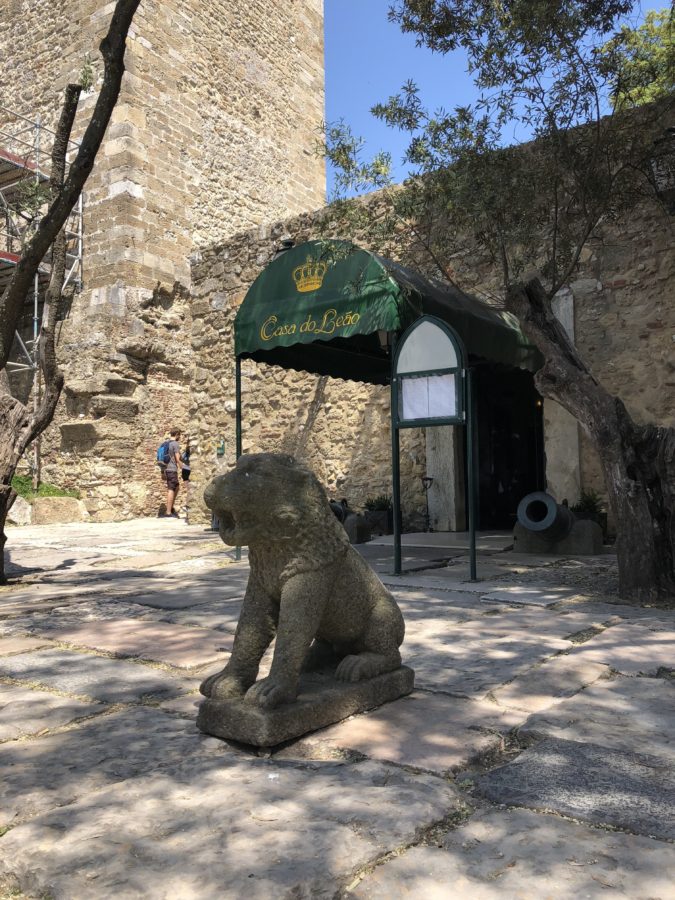
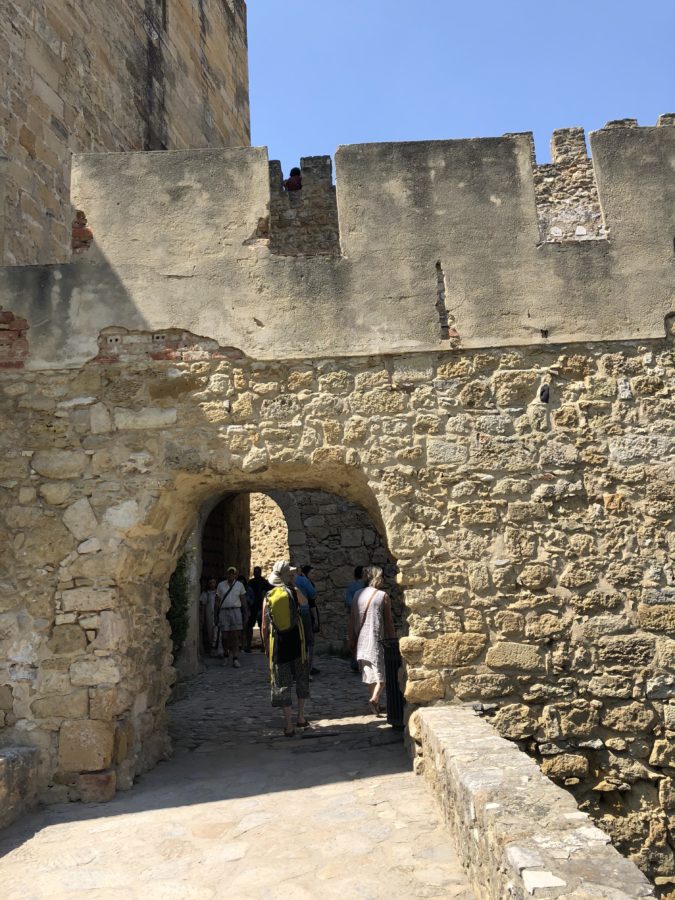
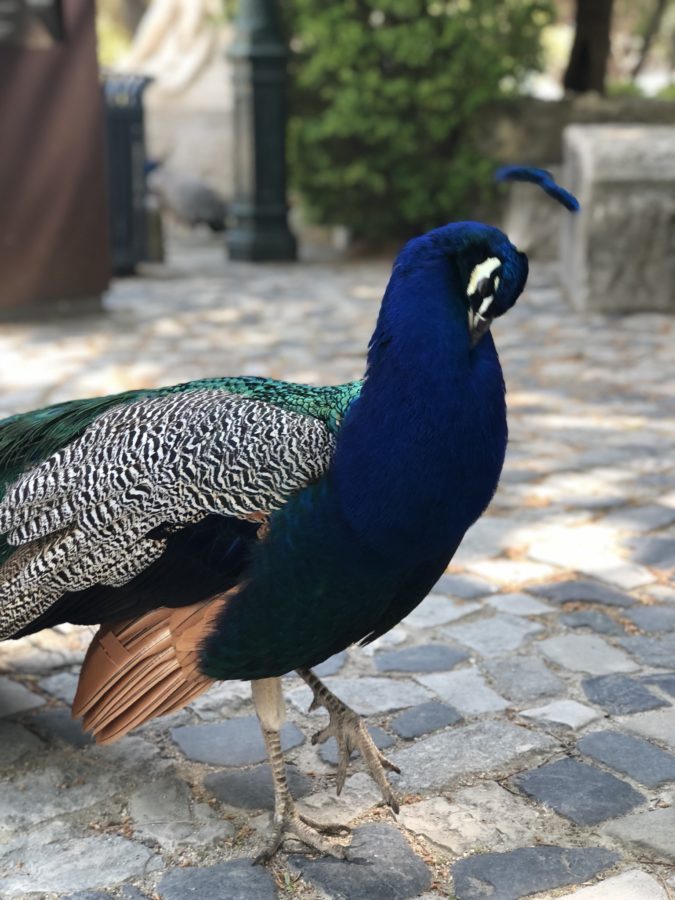
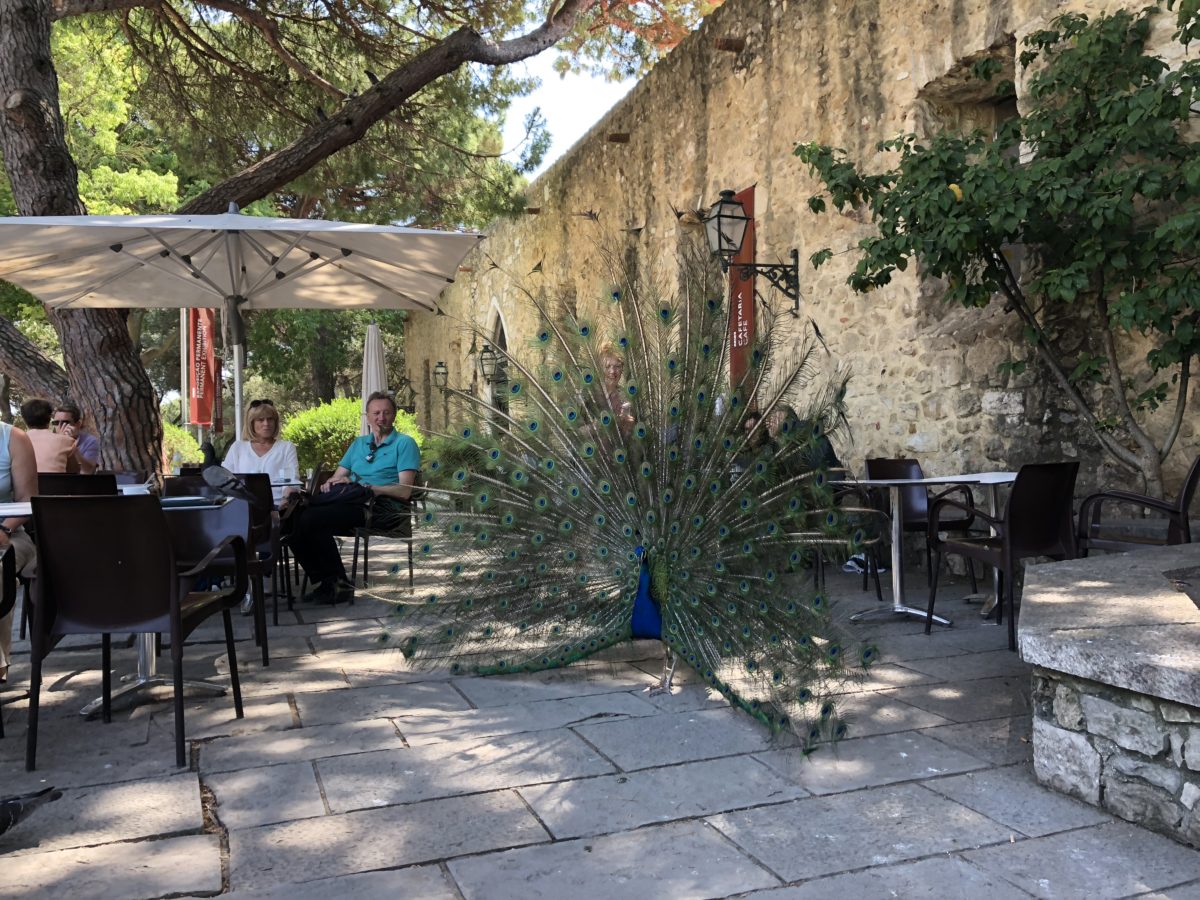
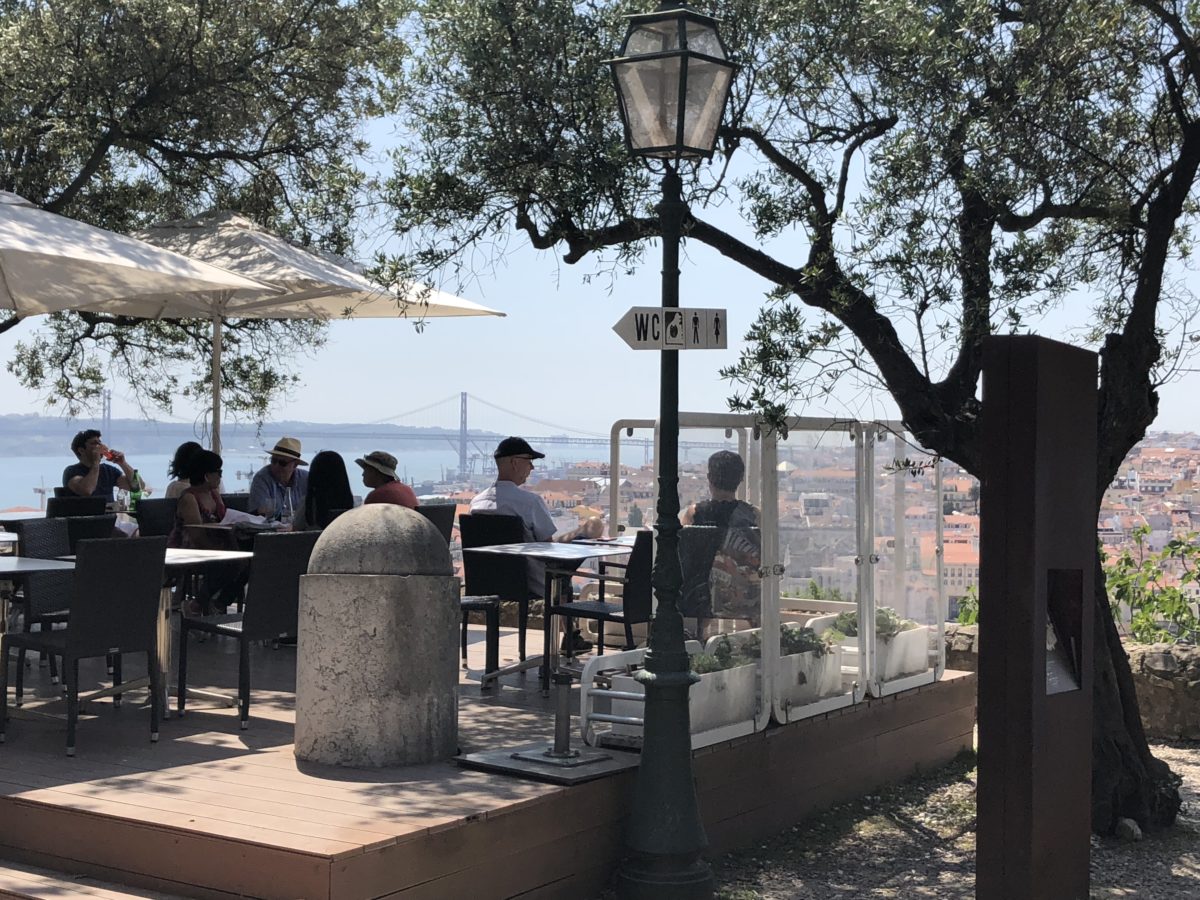
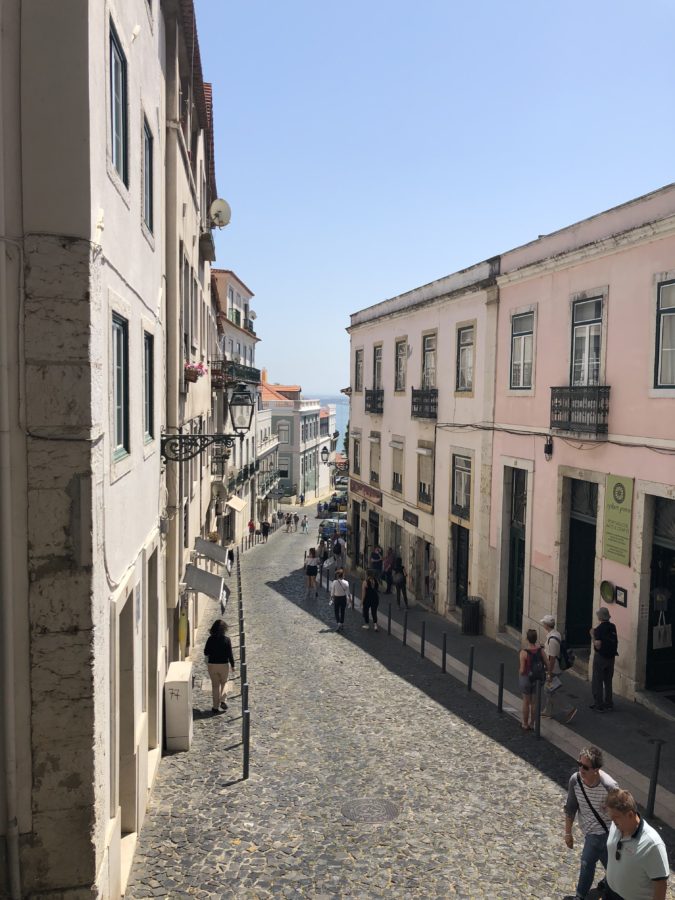
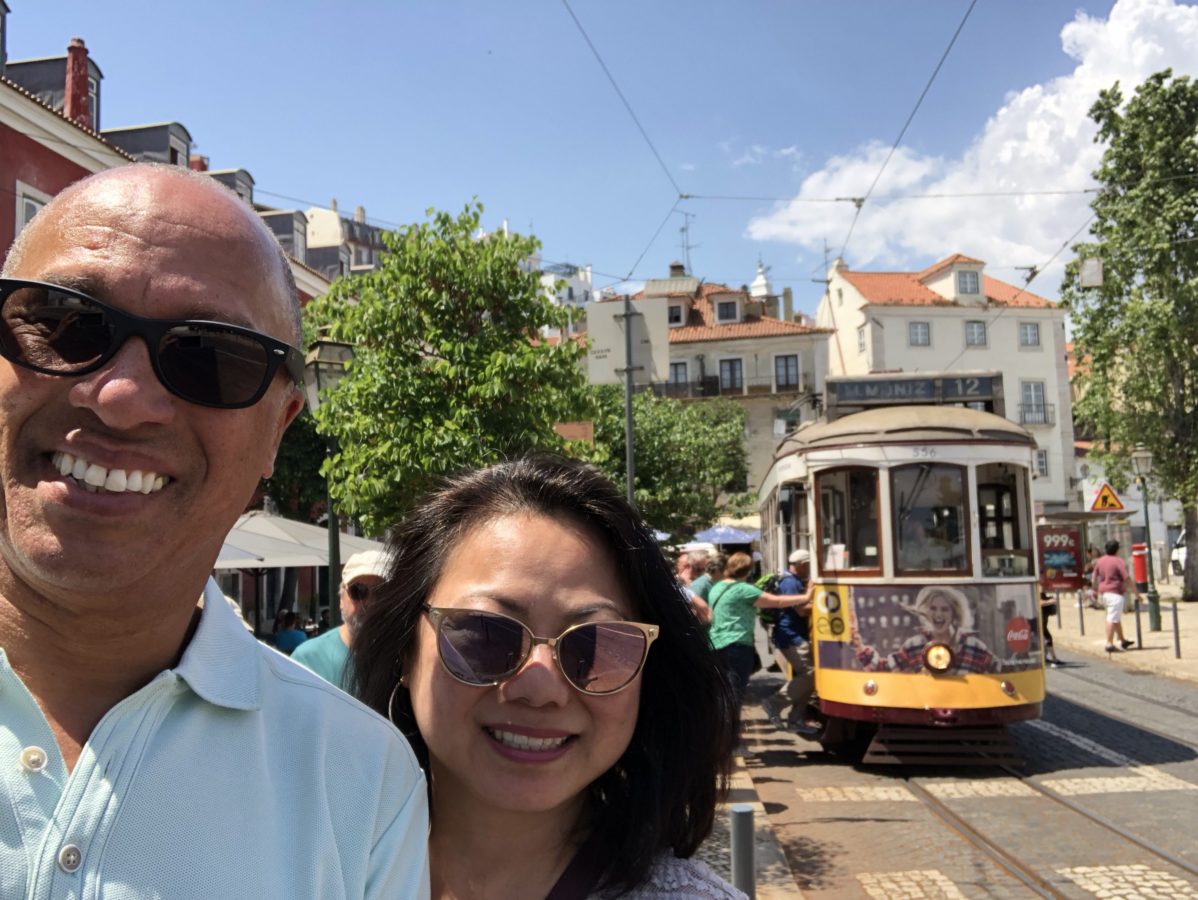
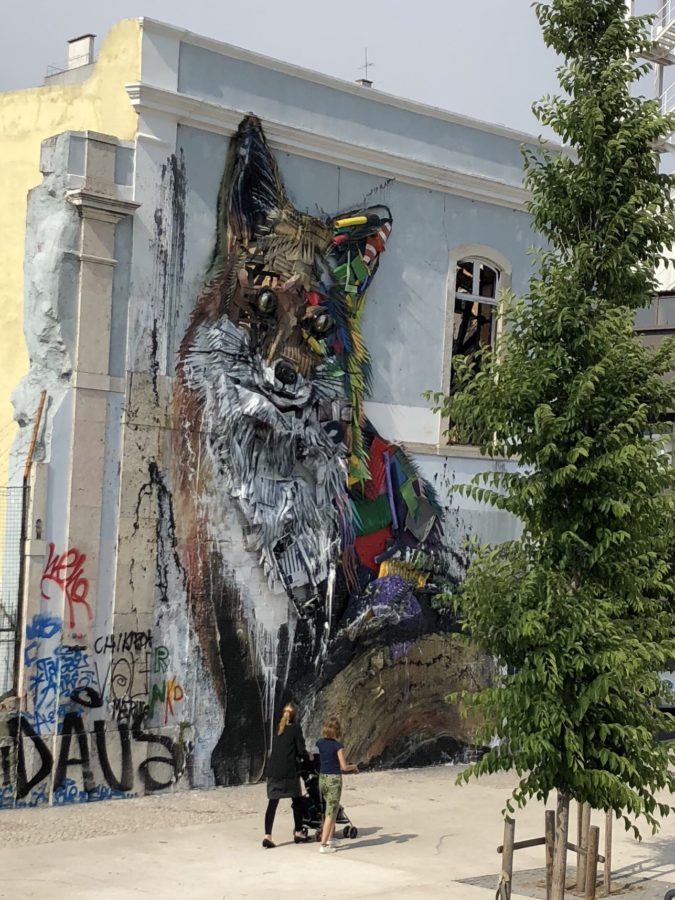
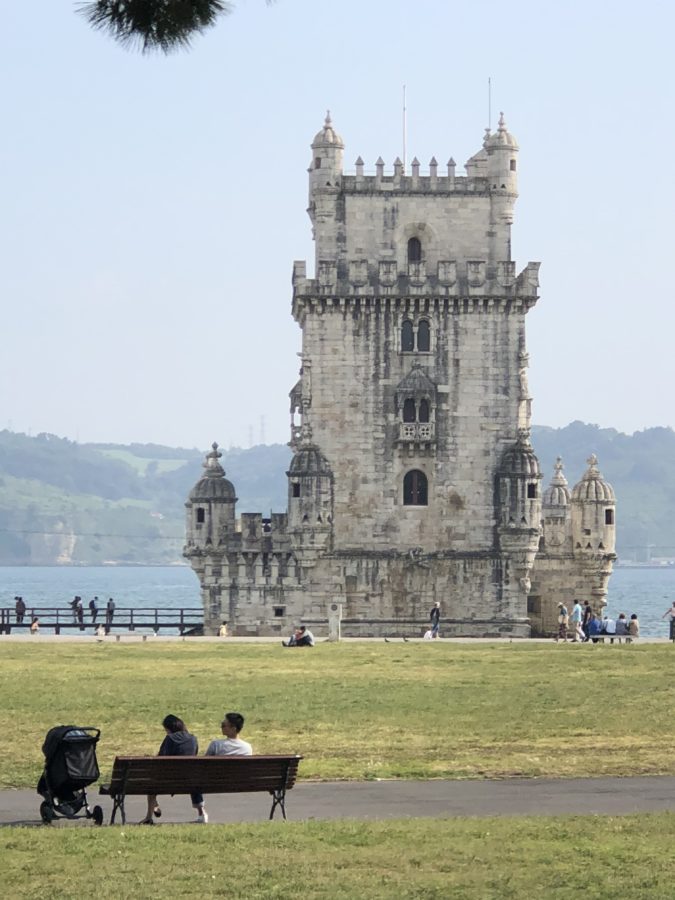
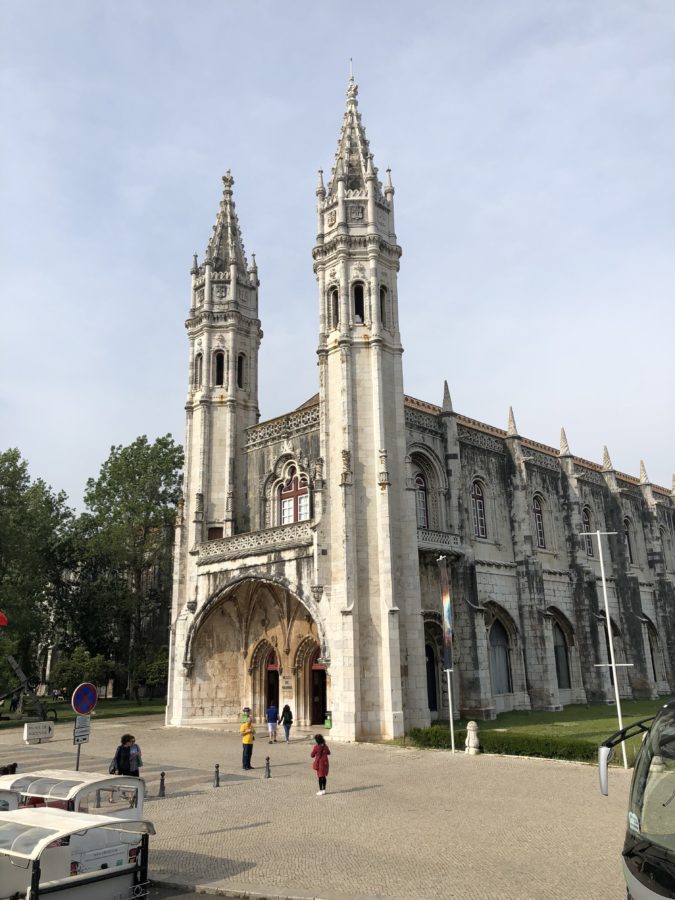
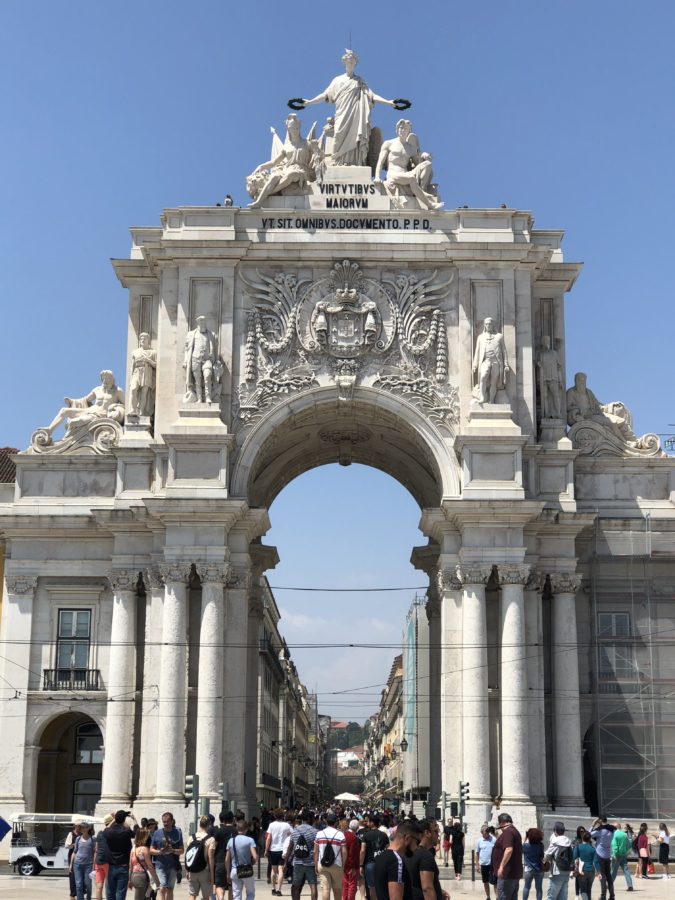

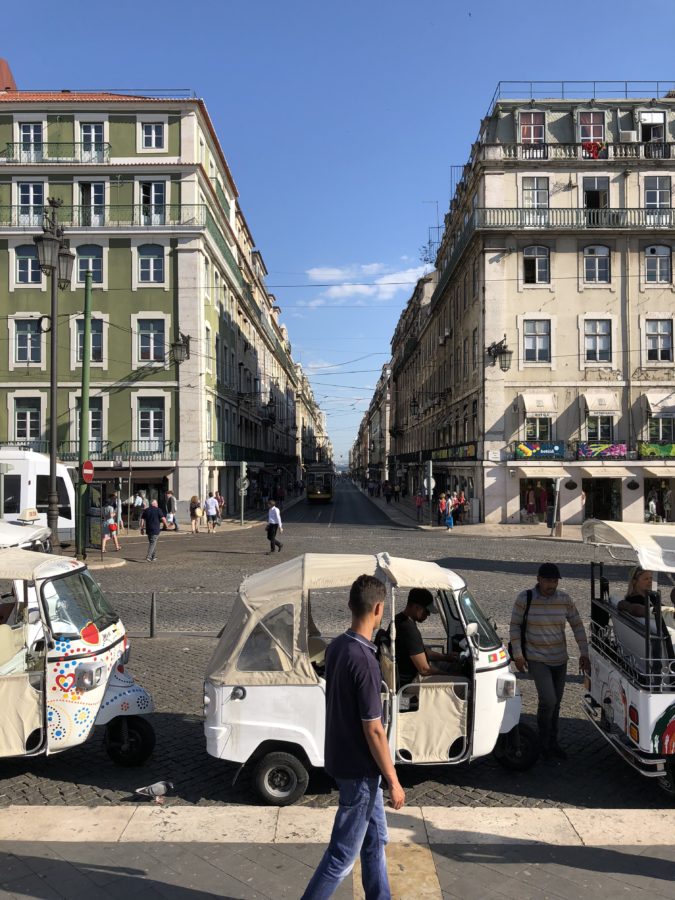

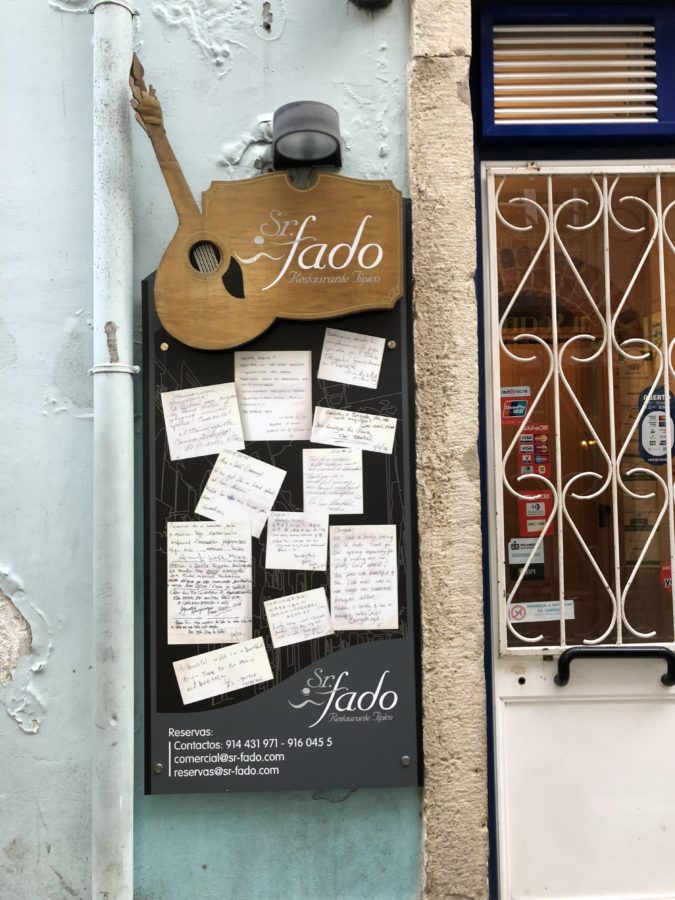
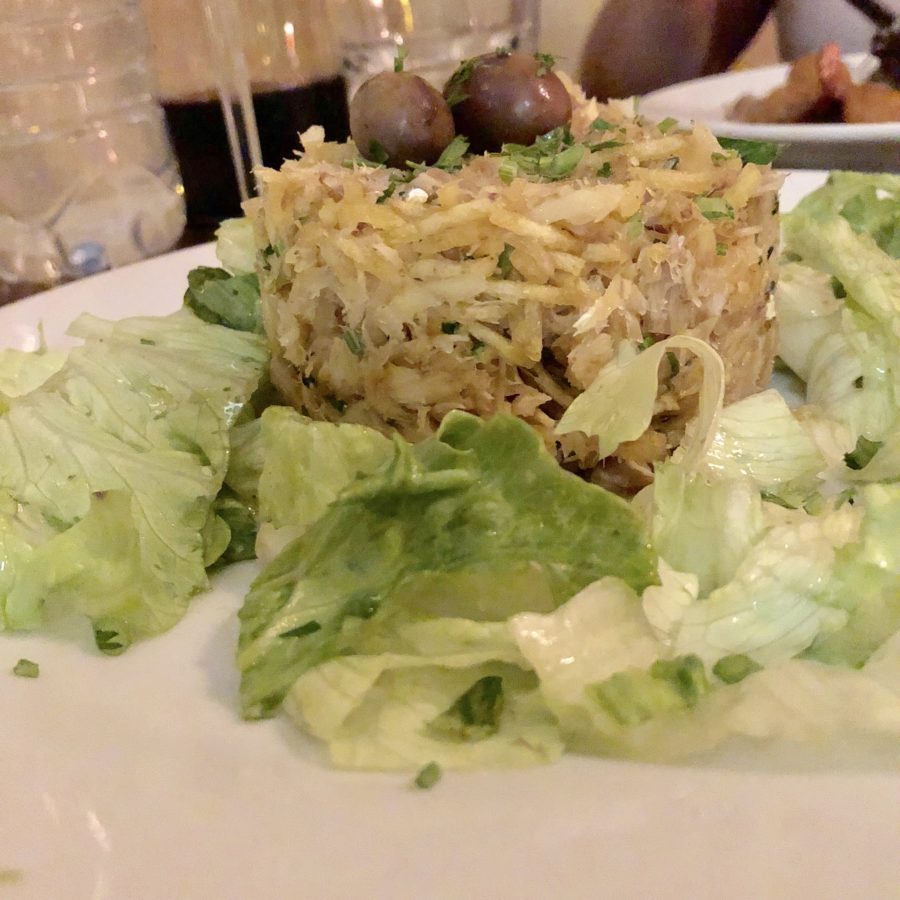

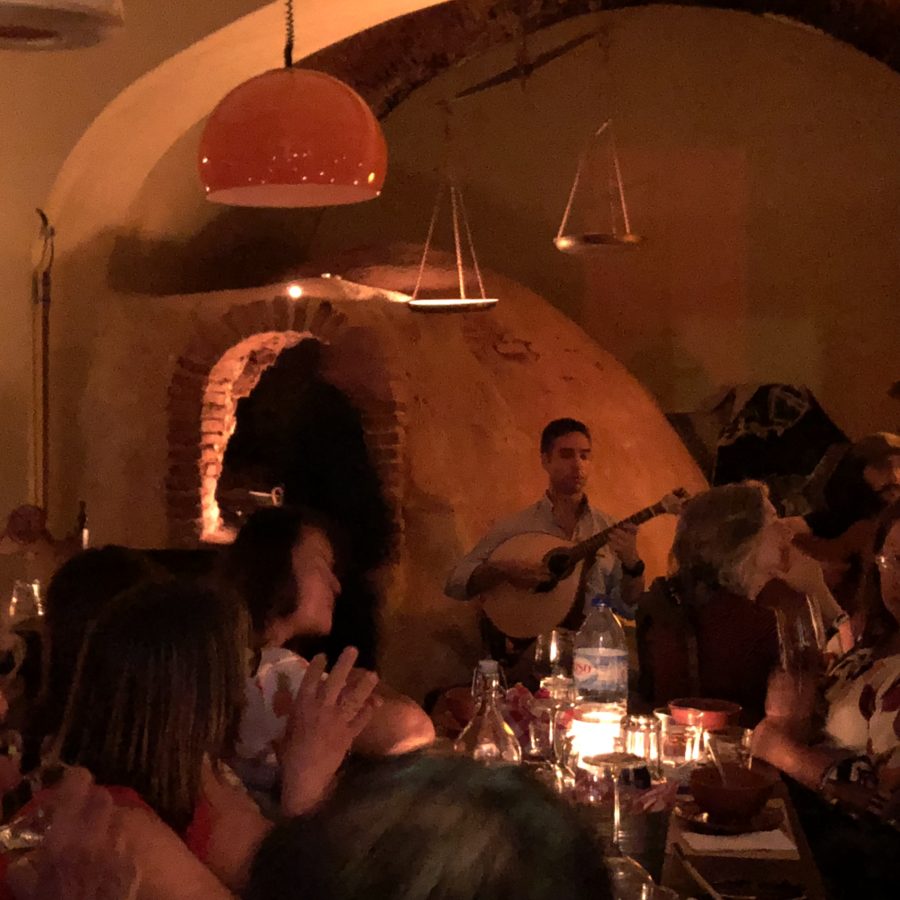
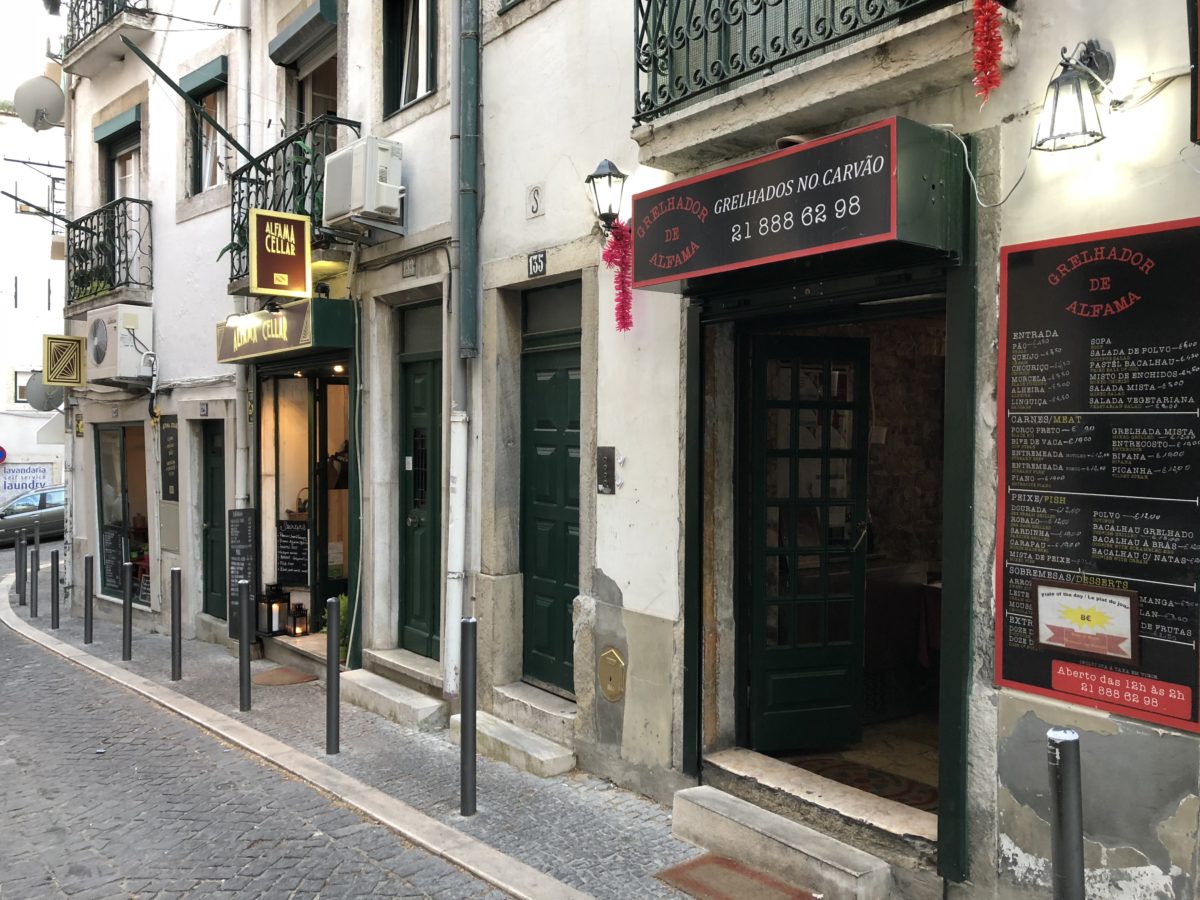
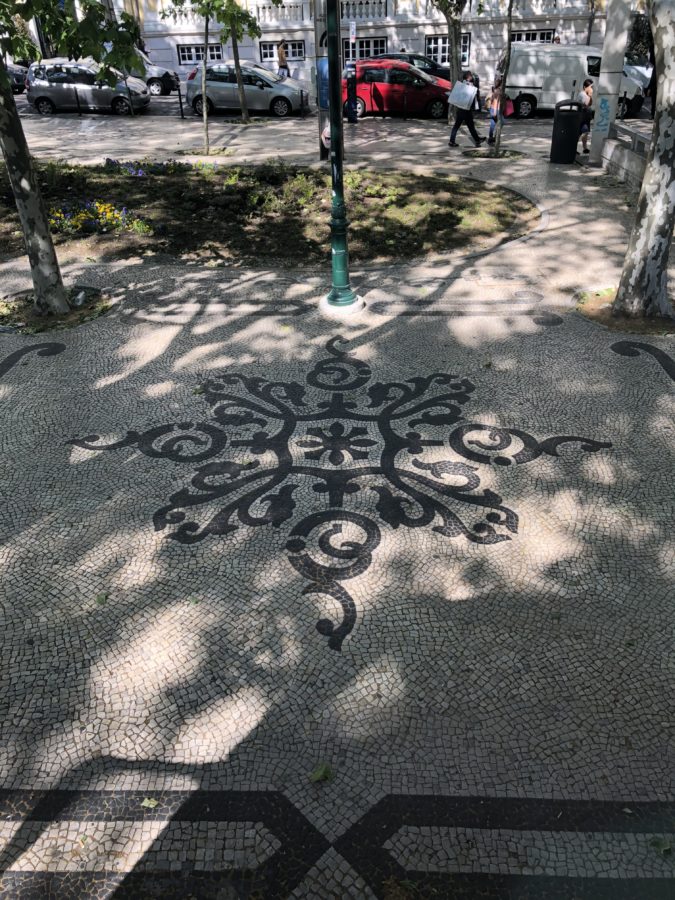
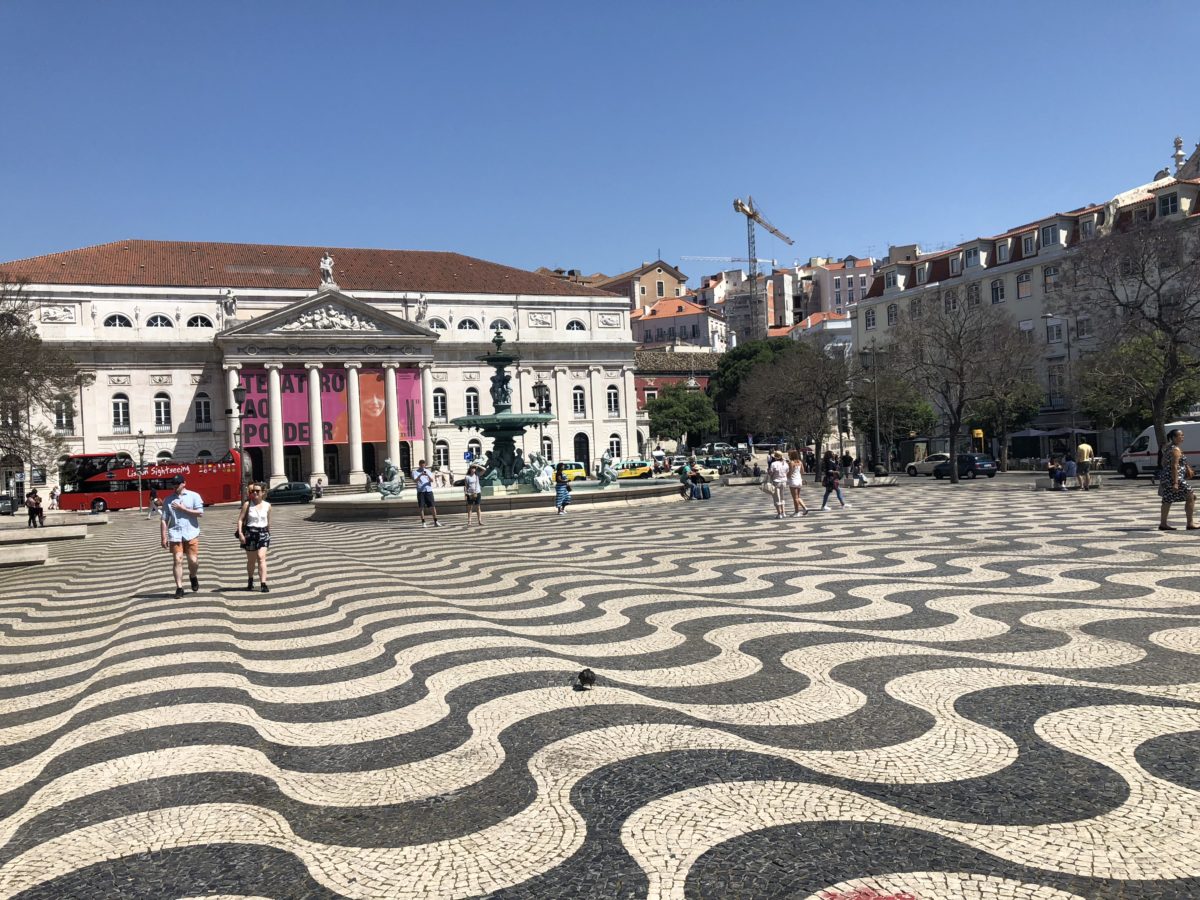
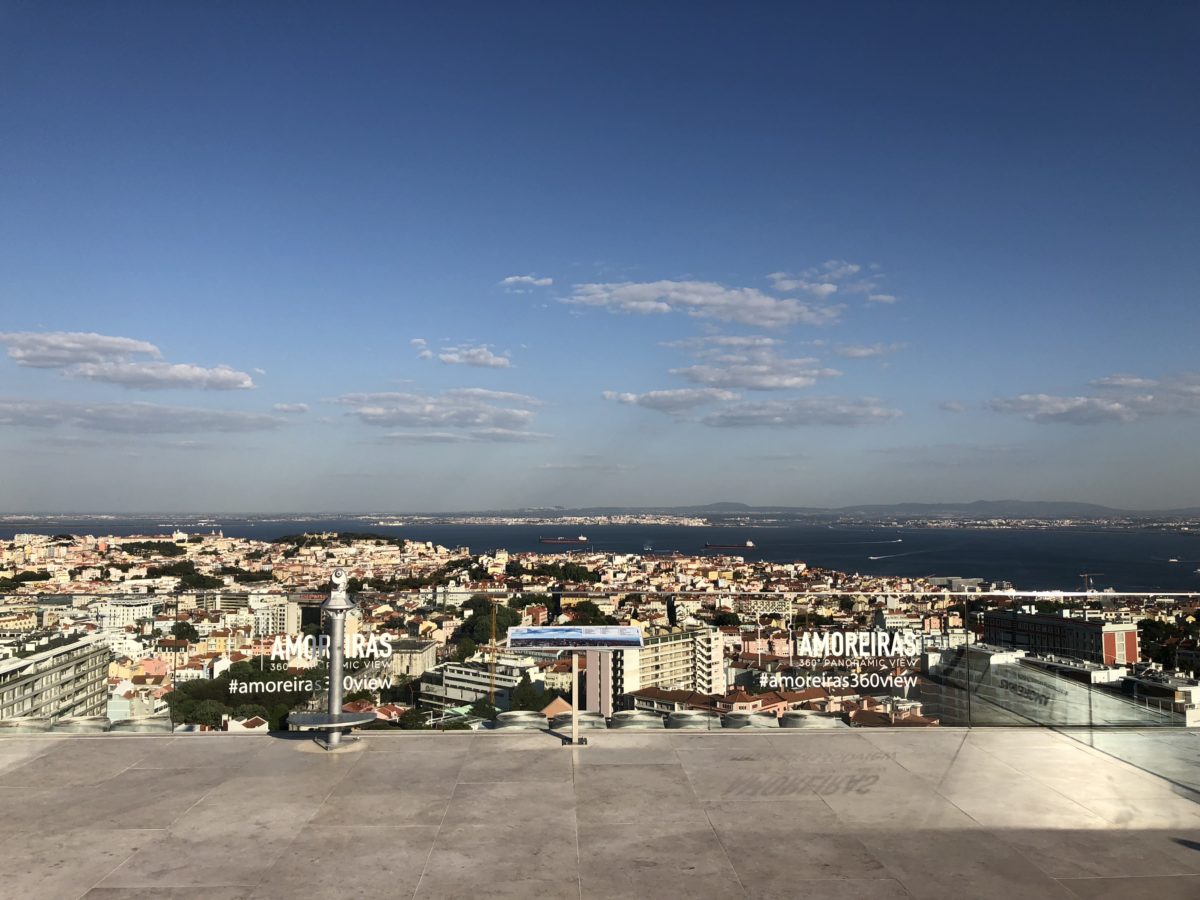
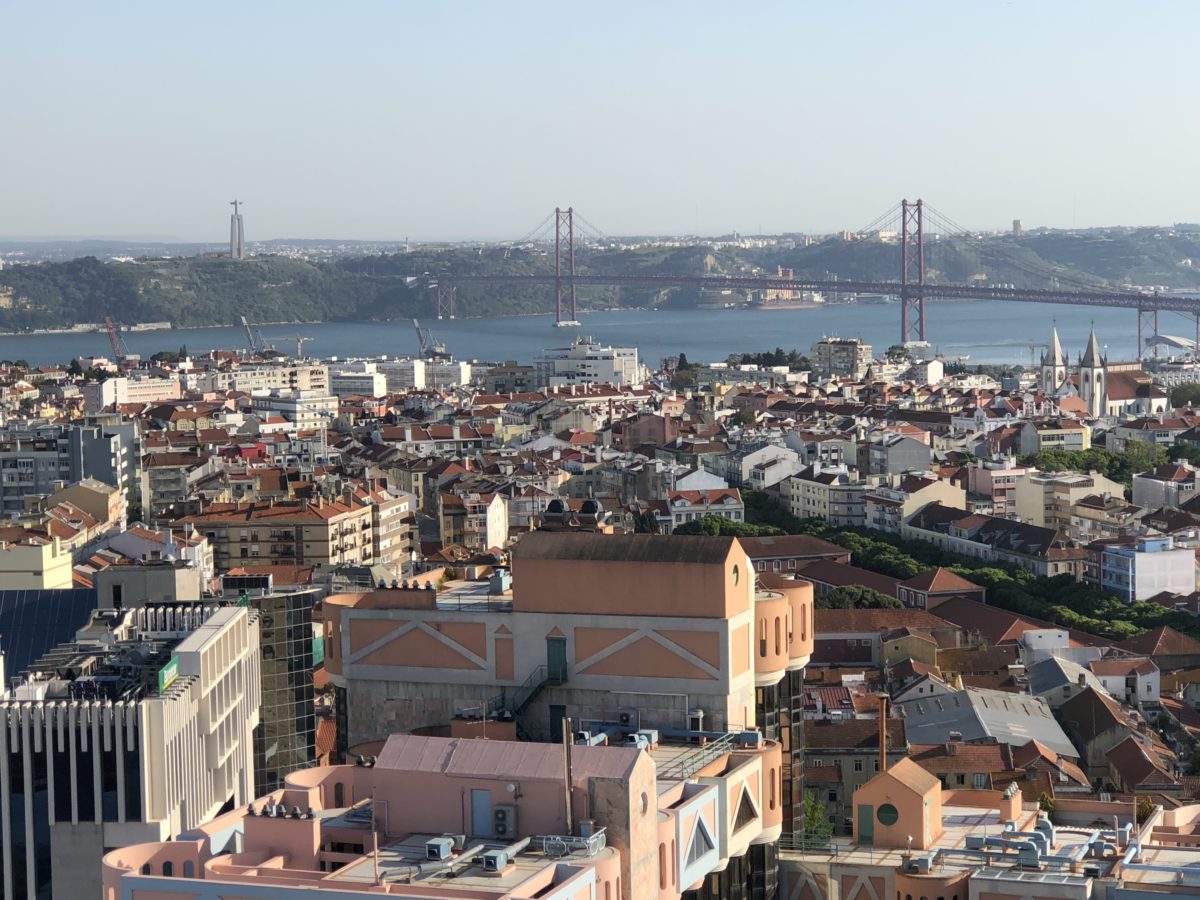
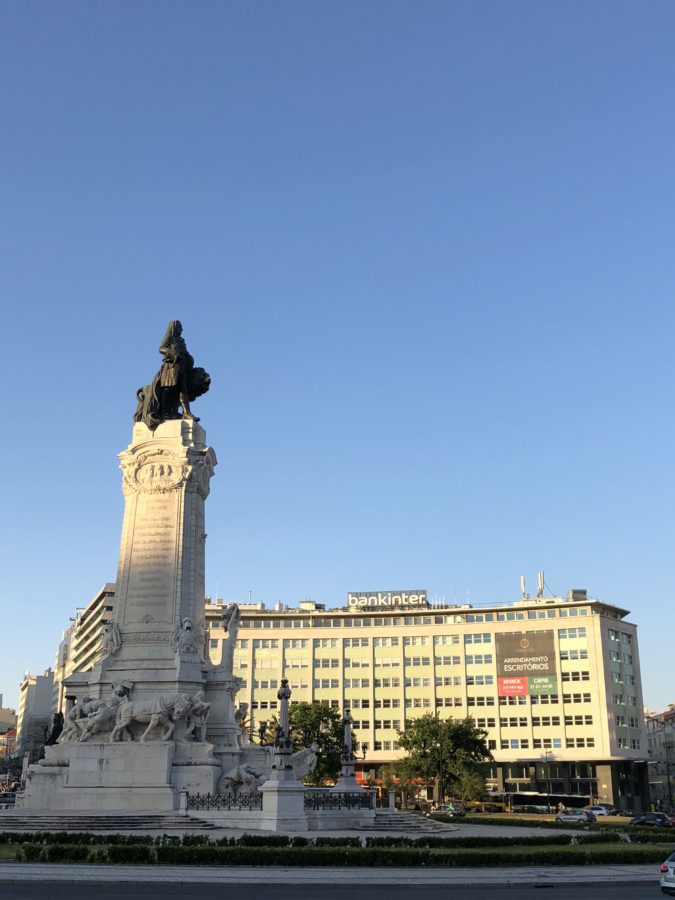
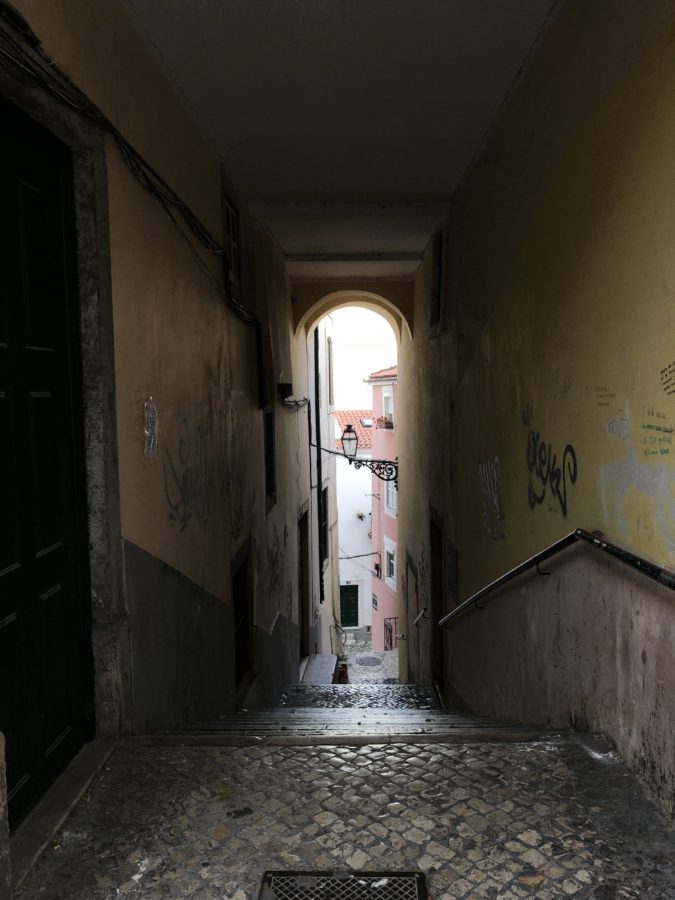
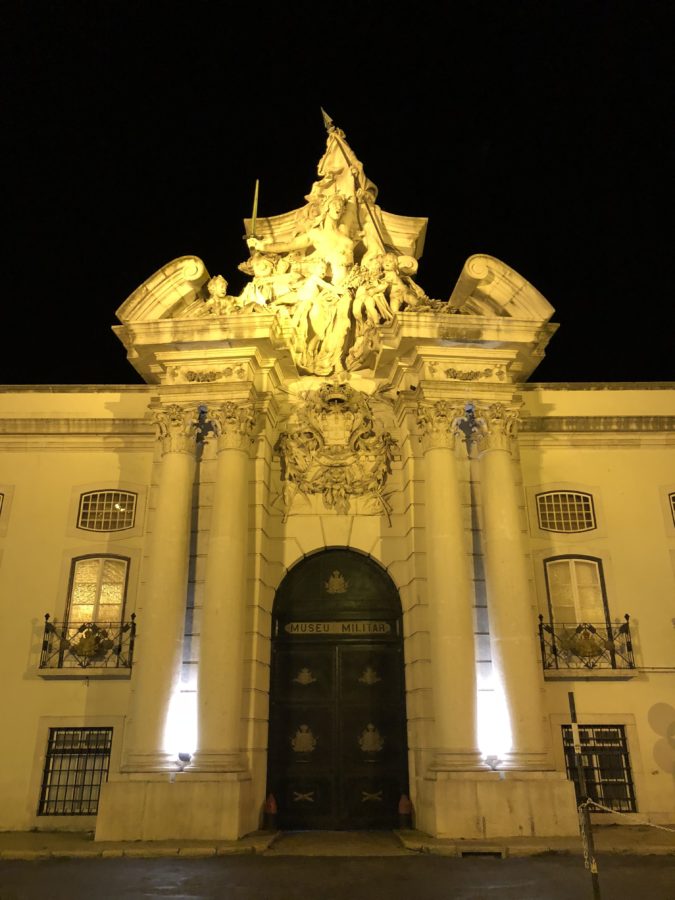
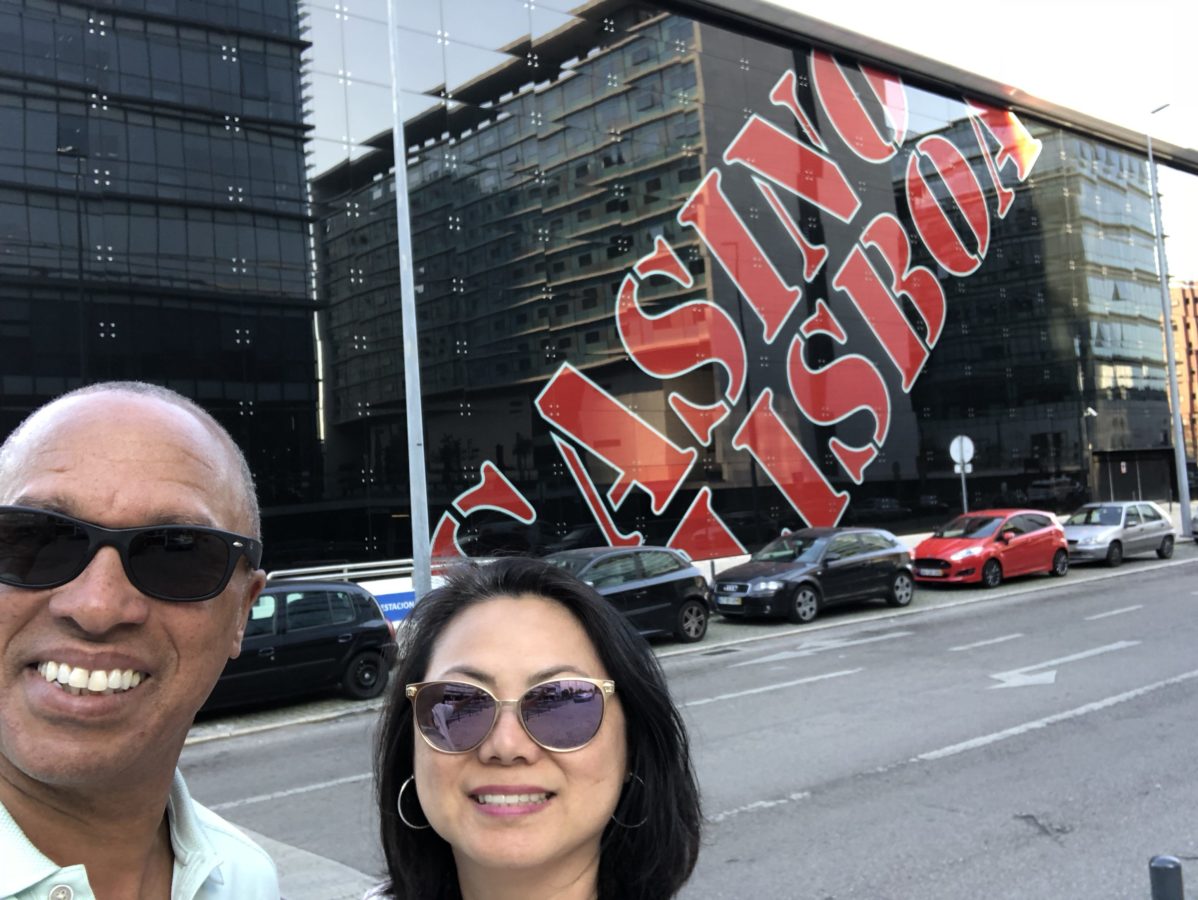
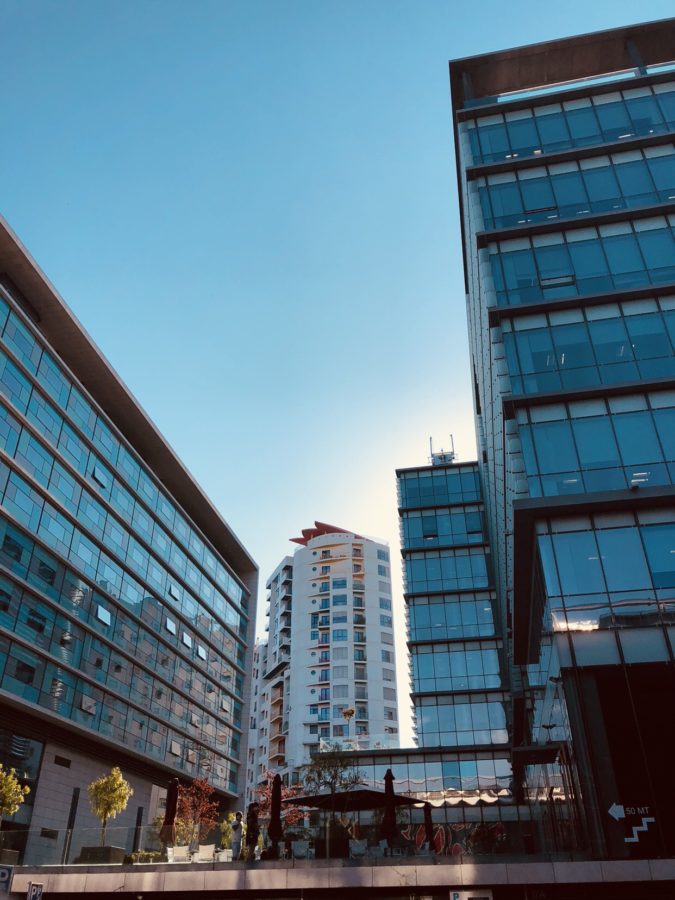
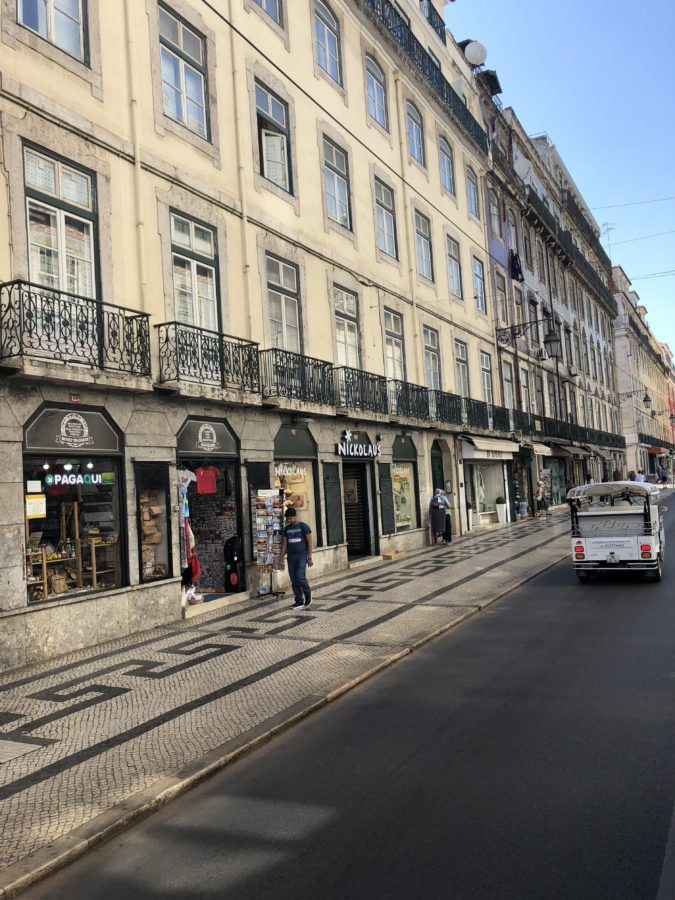
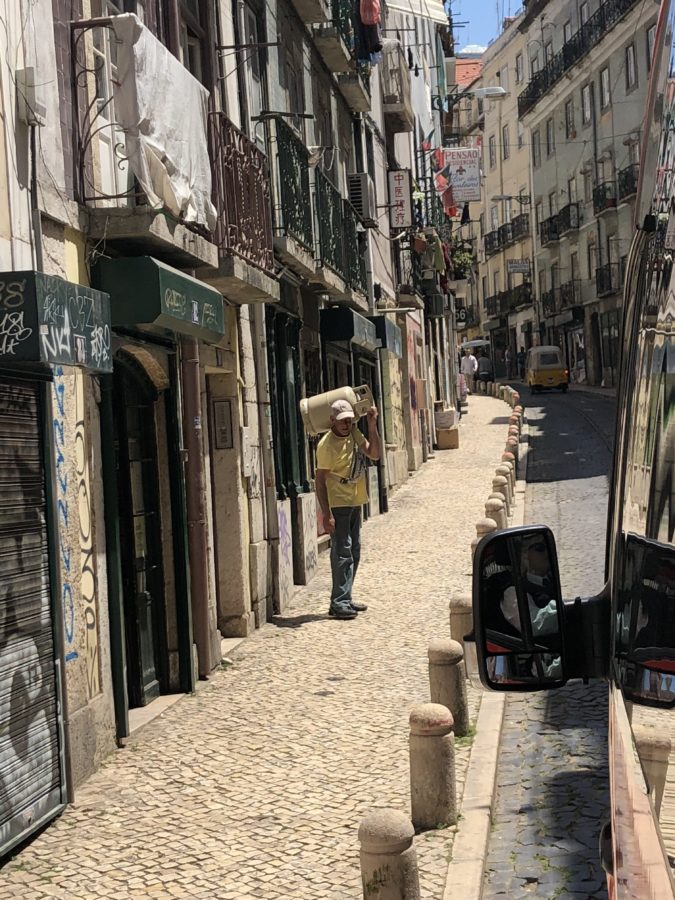
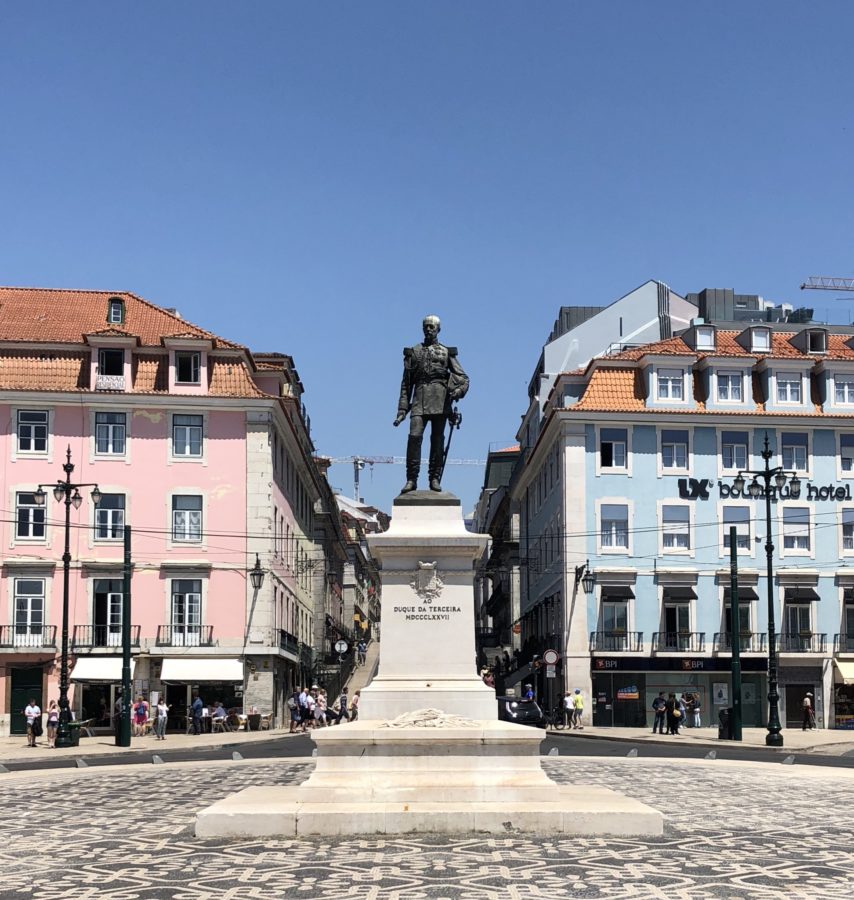
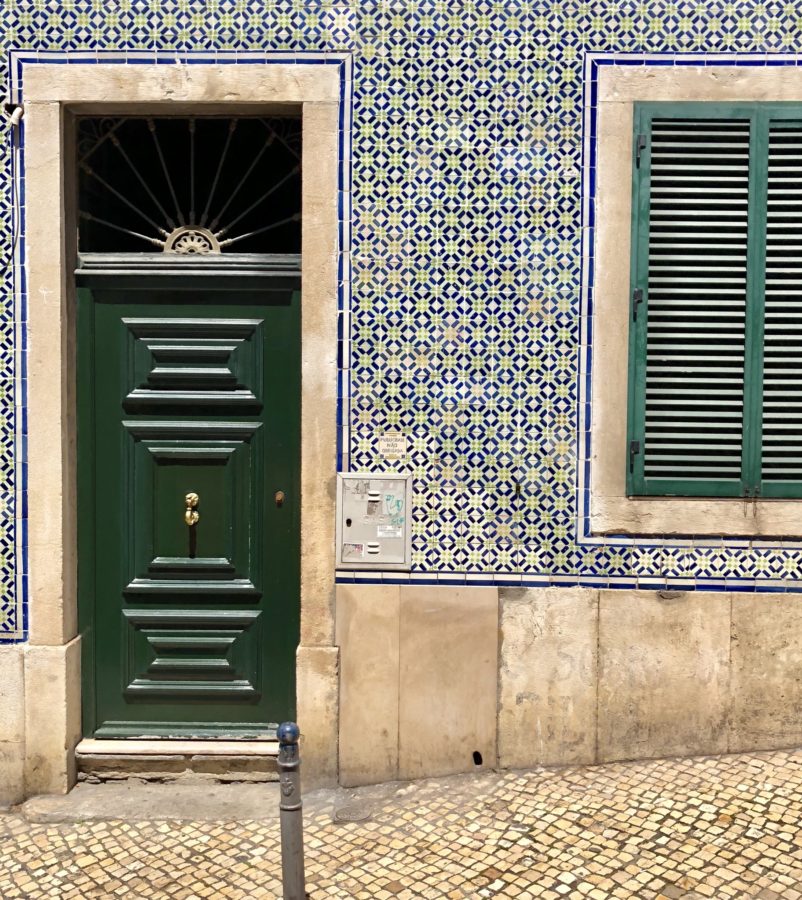

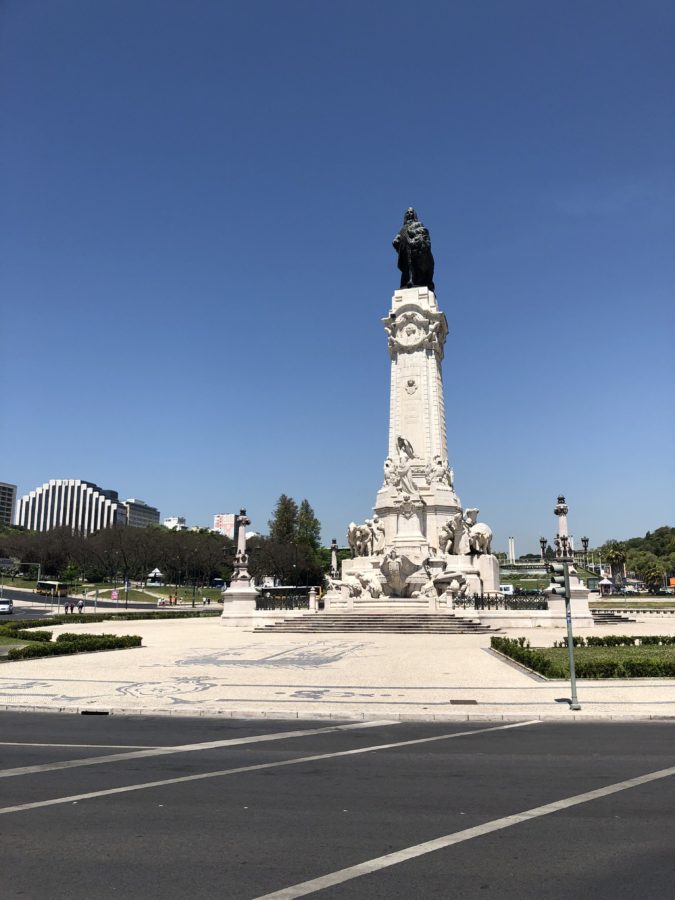
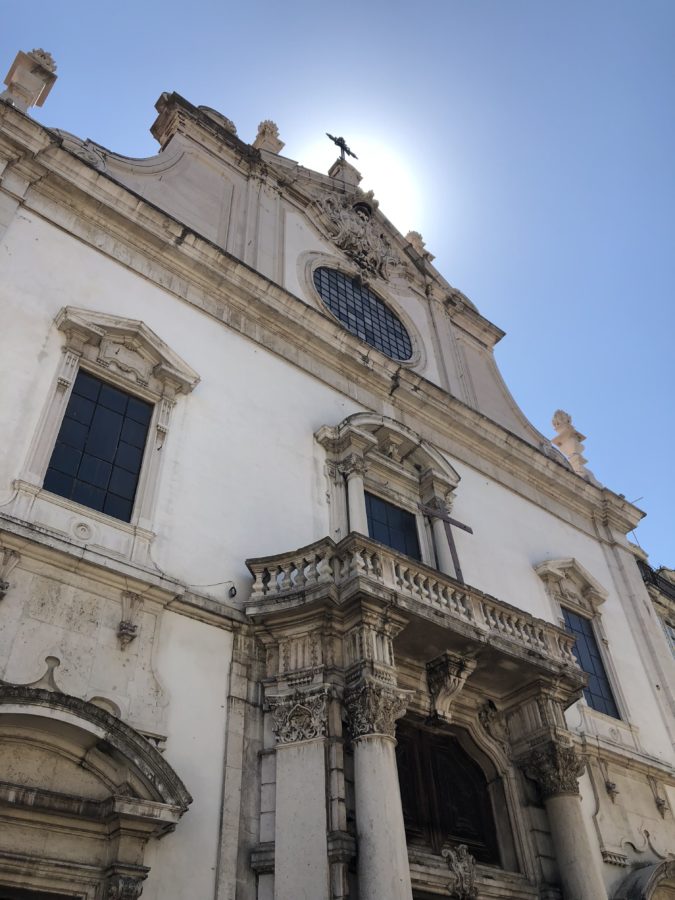
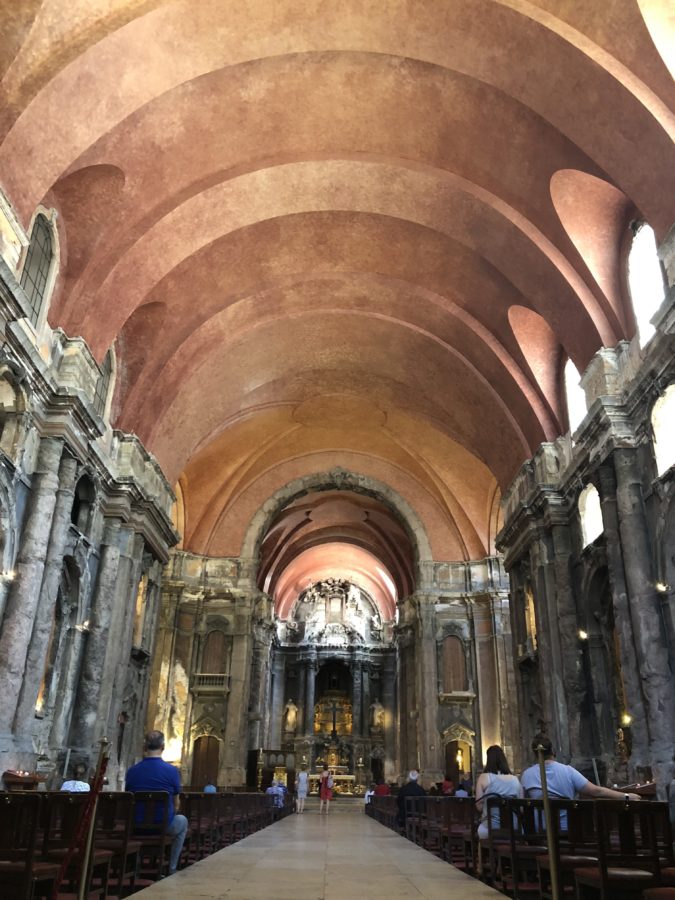
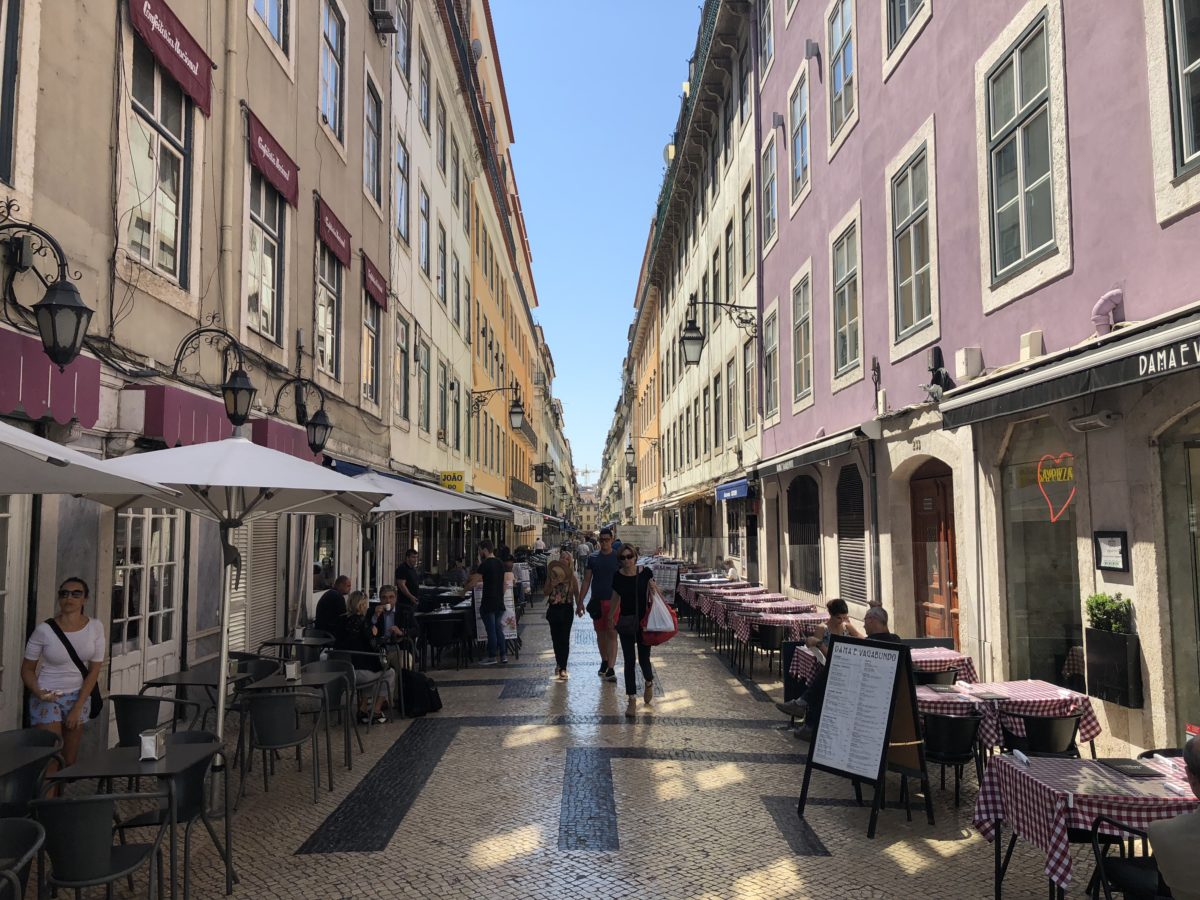
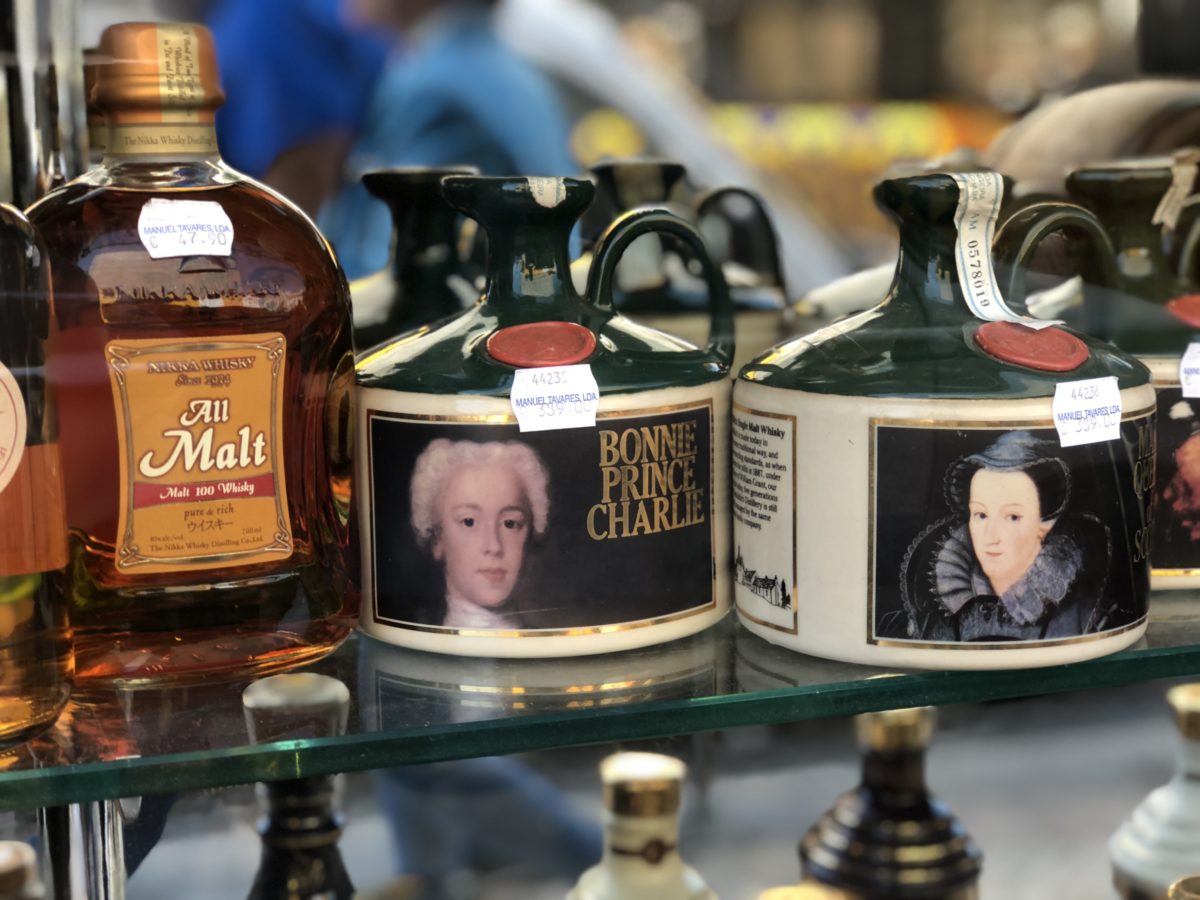
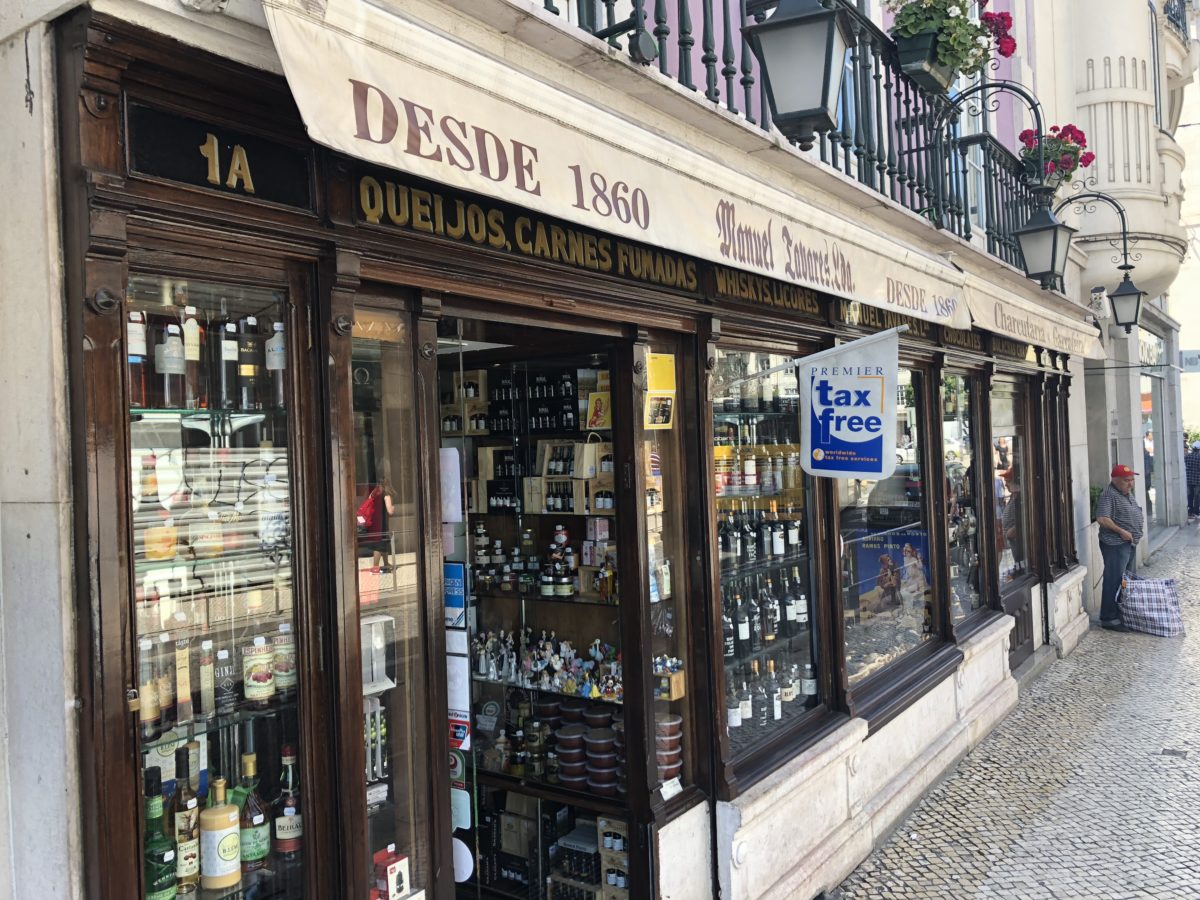
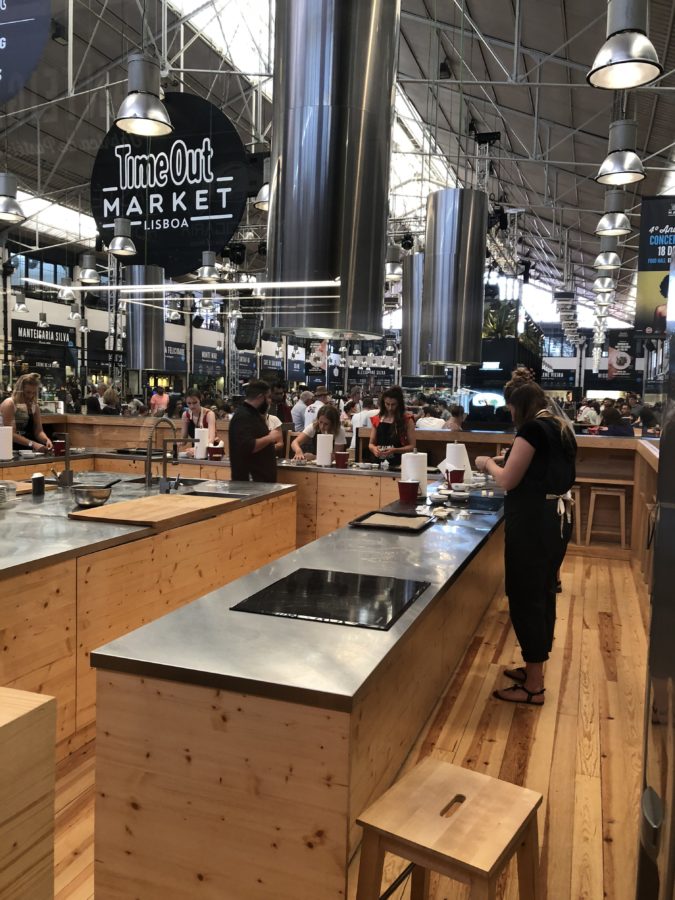
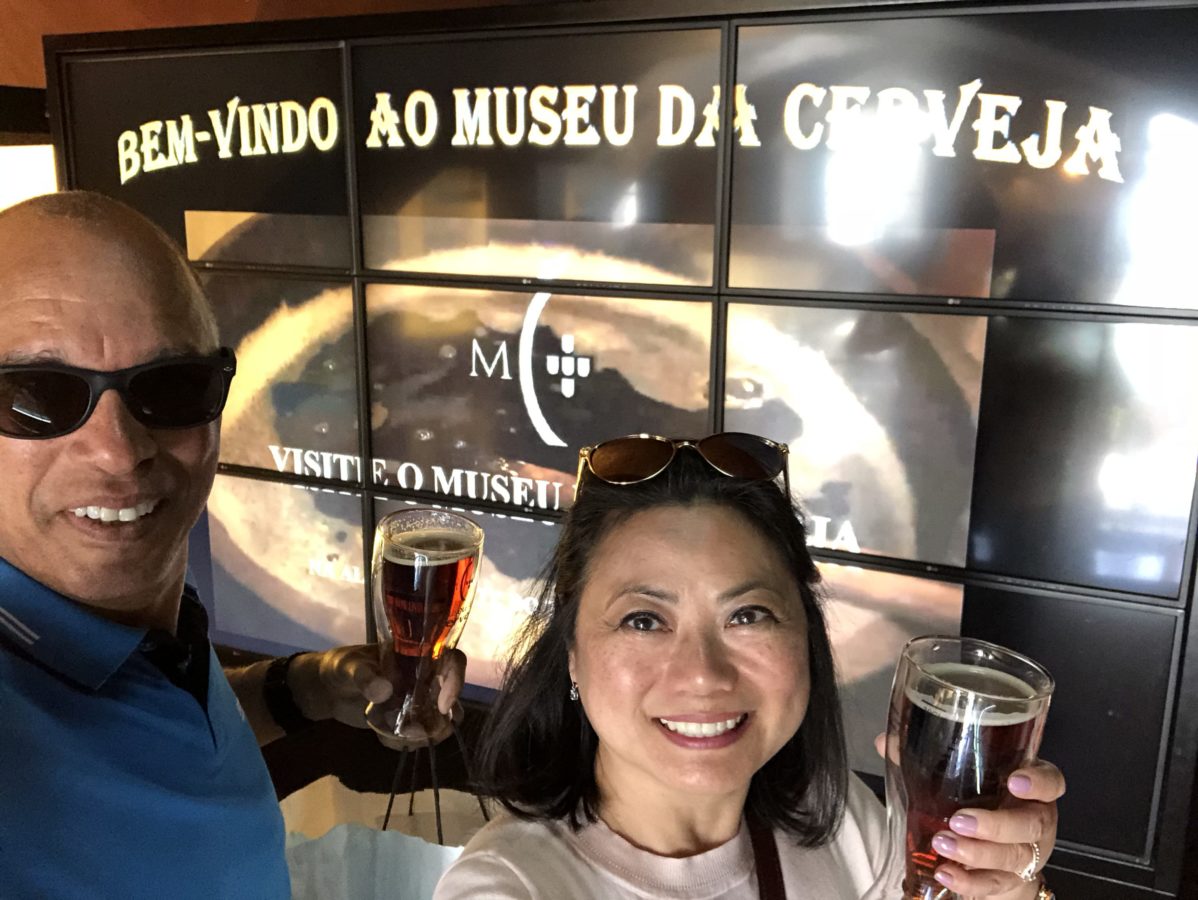
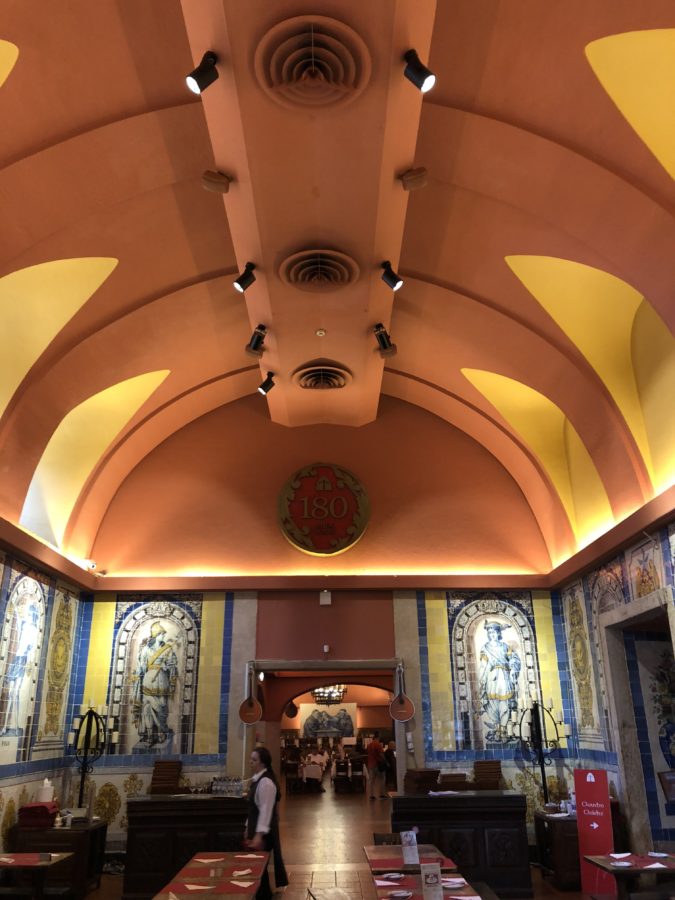
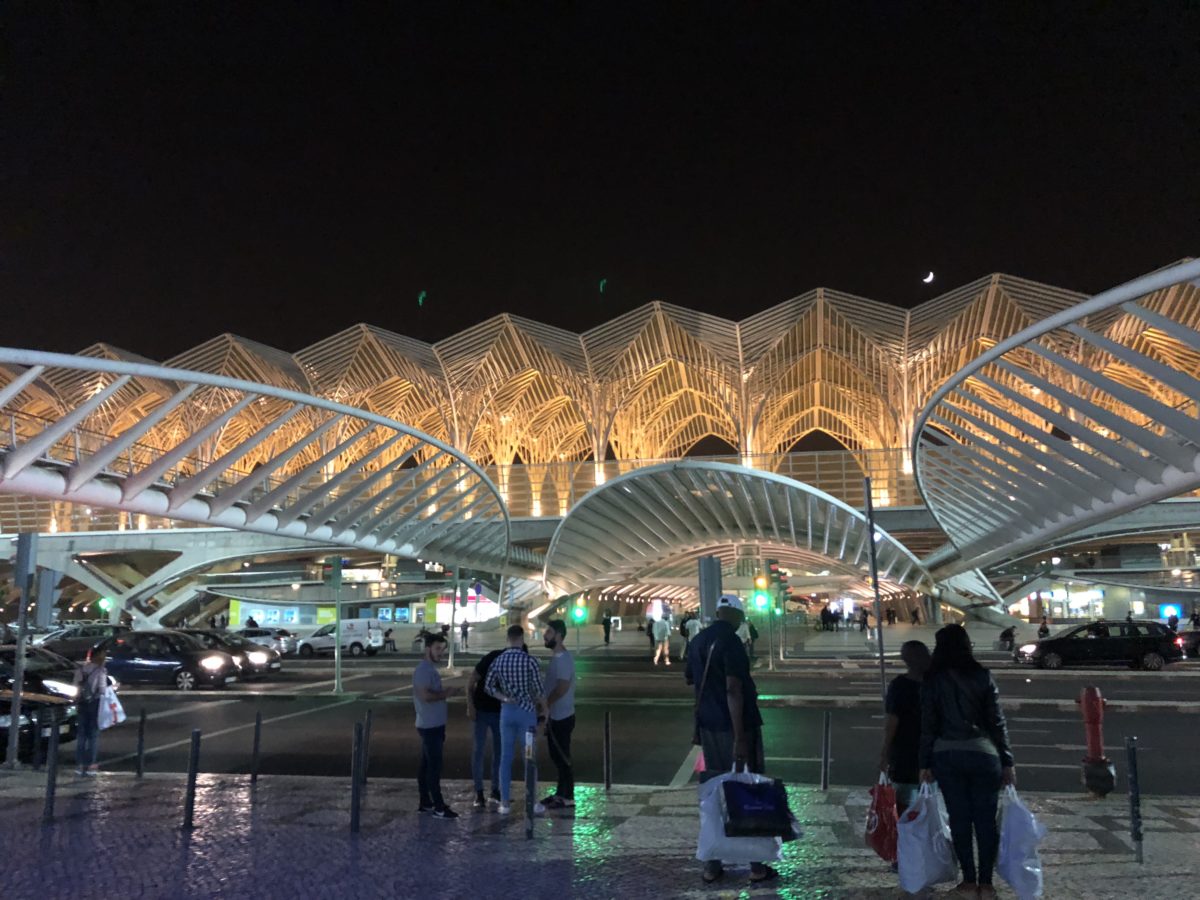
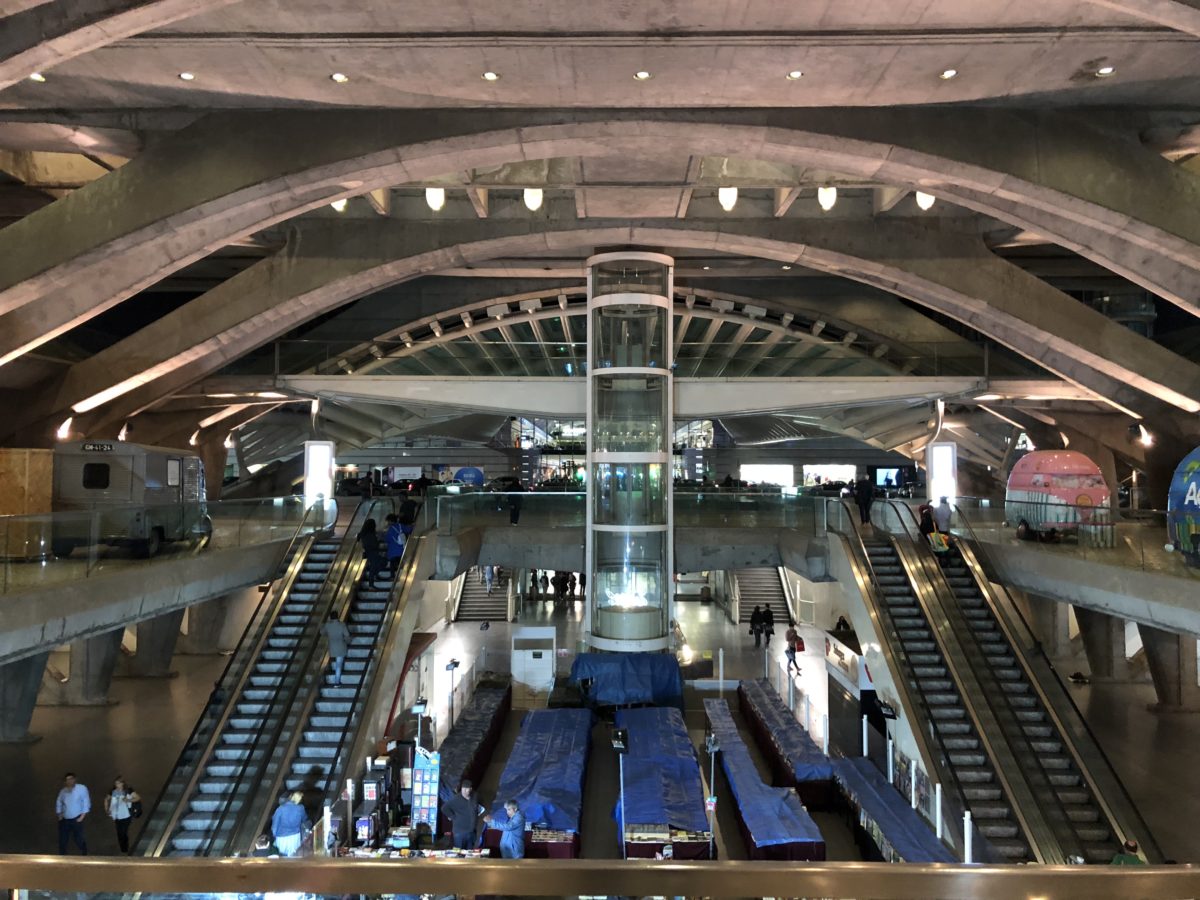
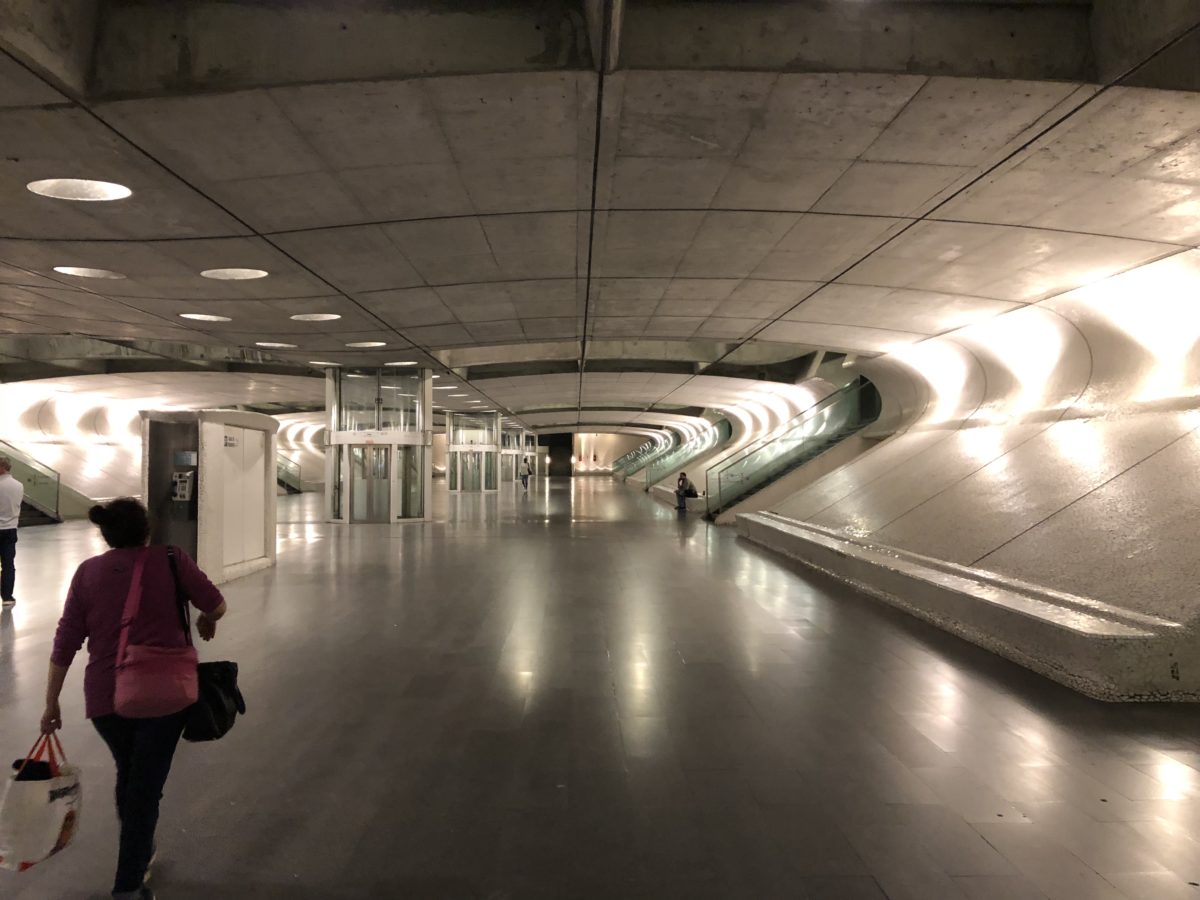
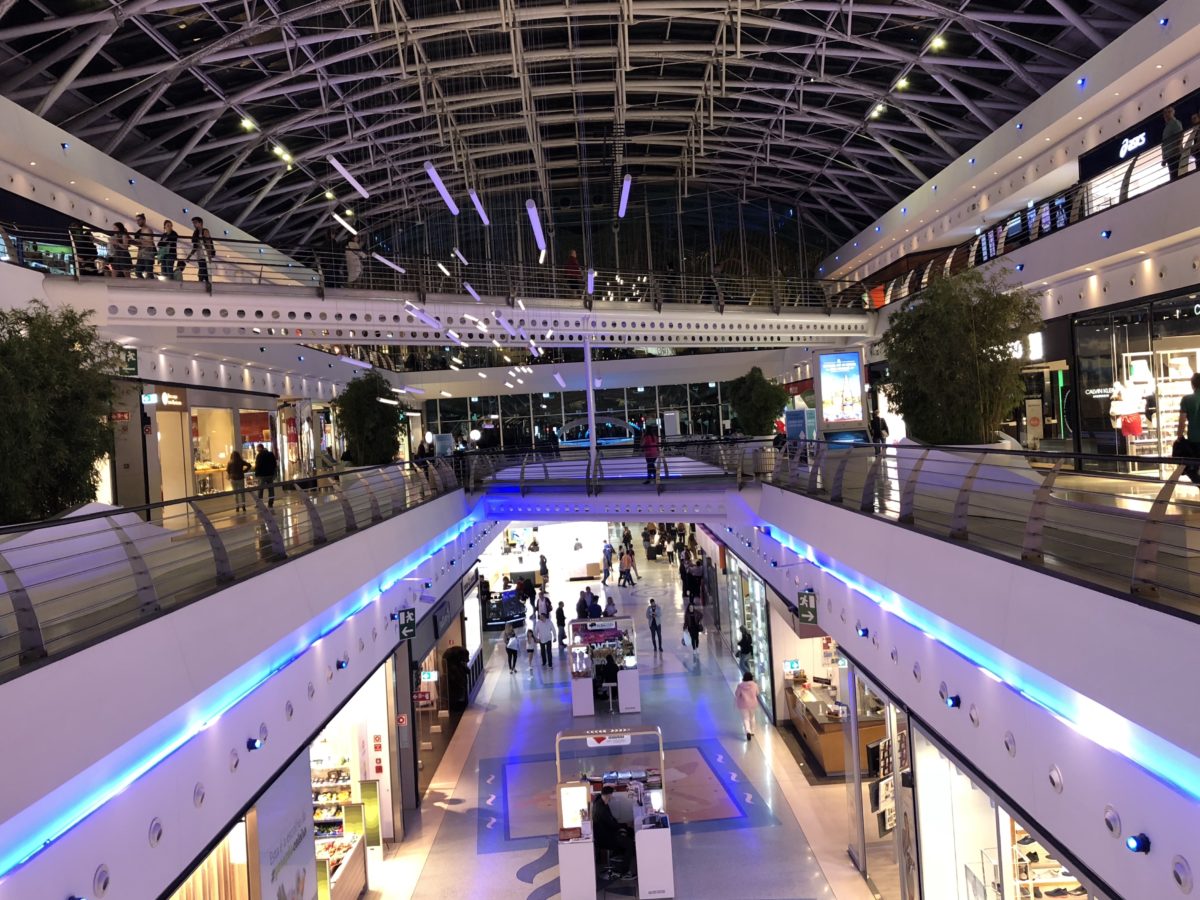
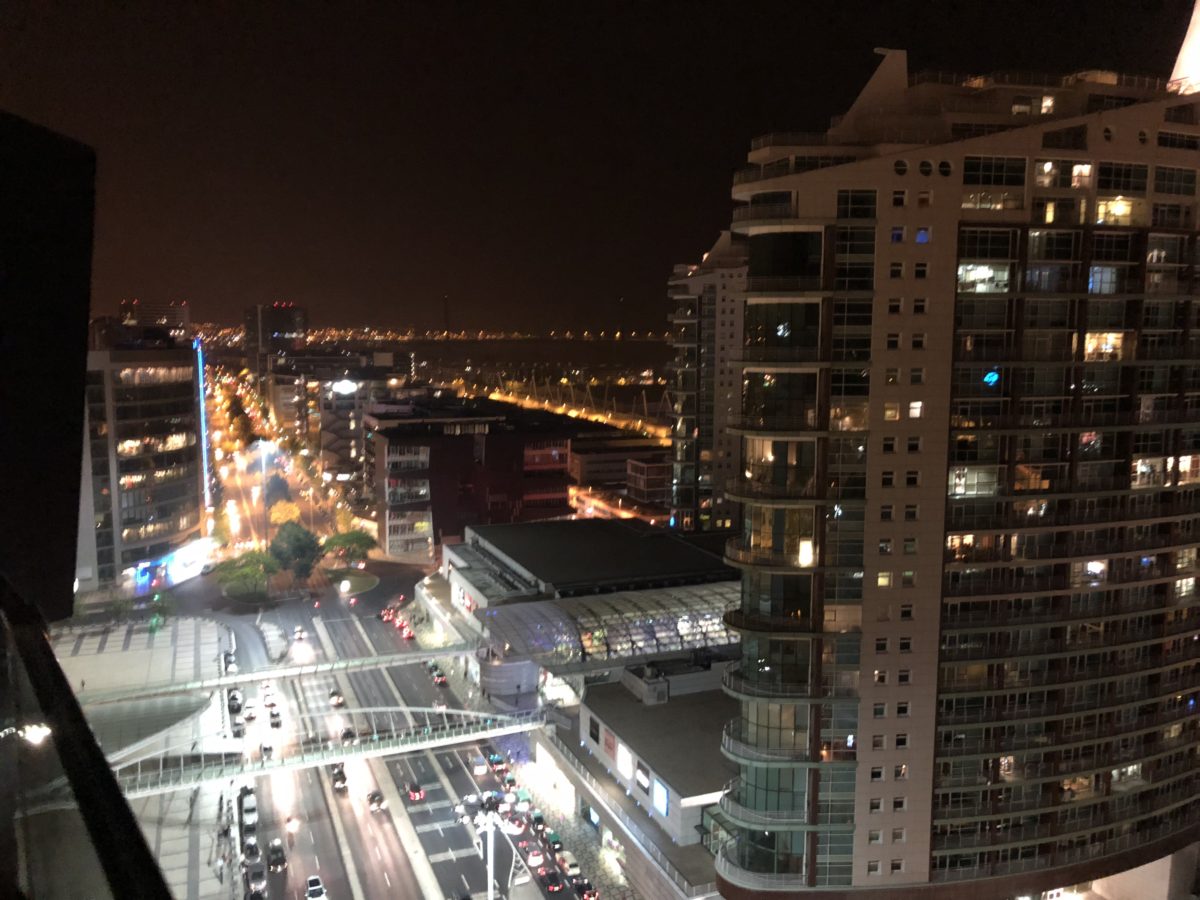


Do you have any tips for composing posts? That’s where I constantly struggle
and I simply finish up staring empty screen for long period of
time.
Just pretend you’re telling a story to your friend
Can you inform me what system are you making use of on this website?
This created using WordPress. Go to http://www.wordpress.com